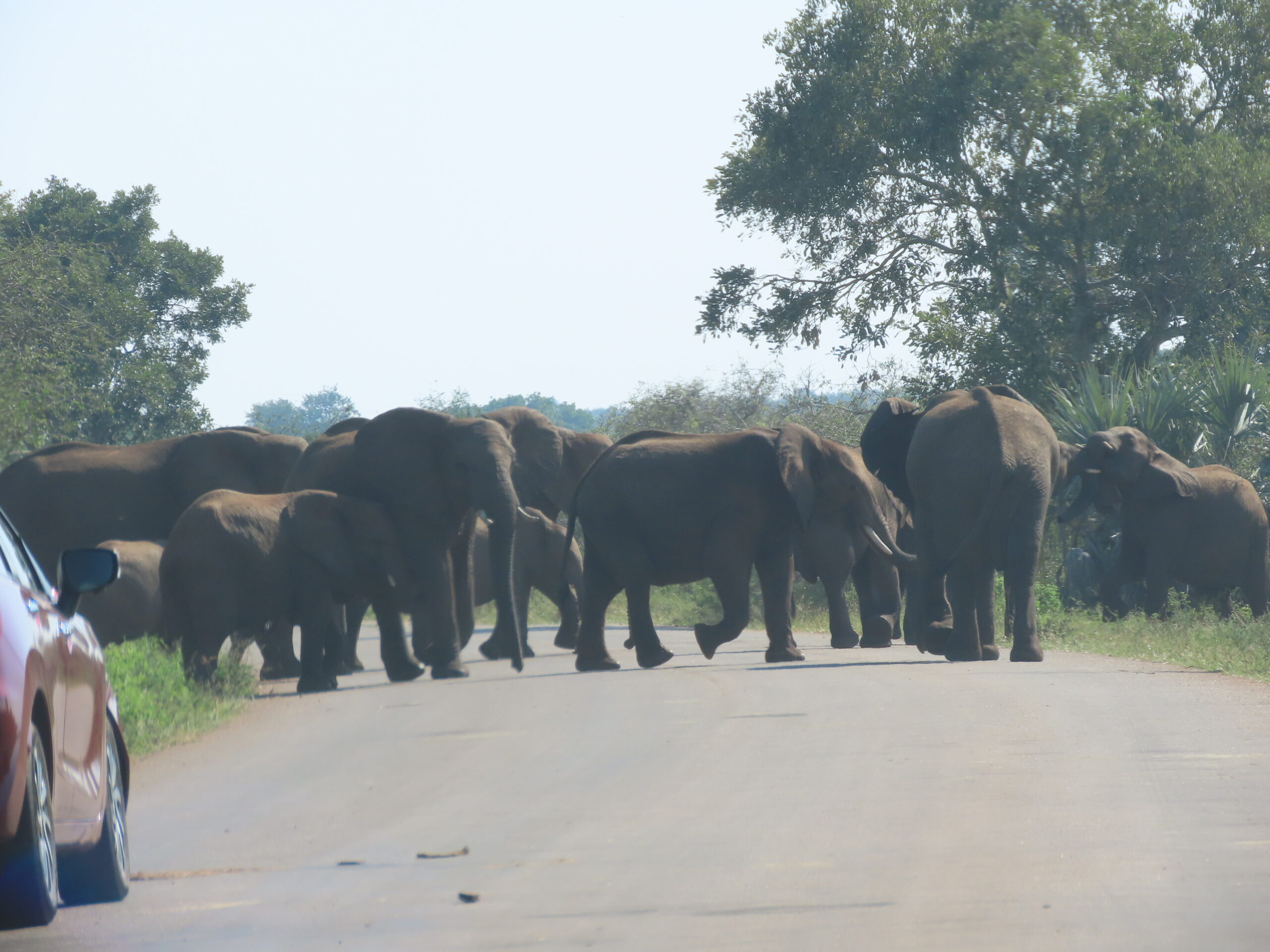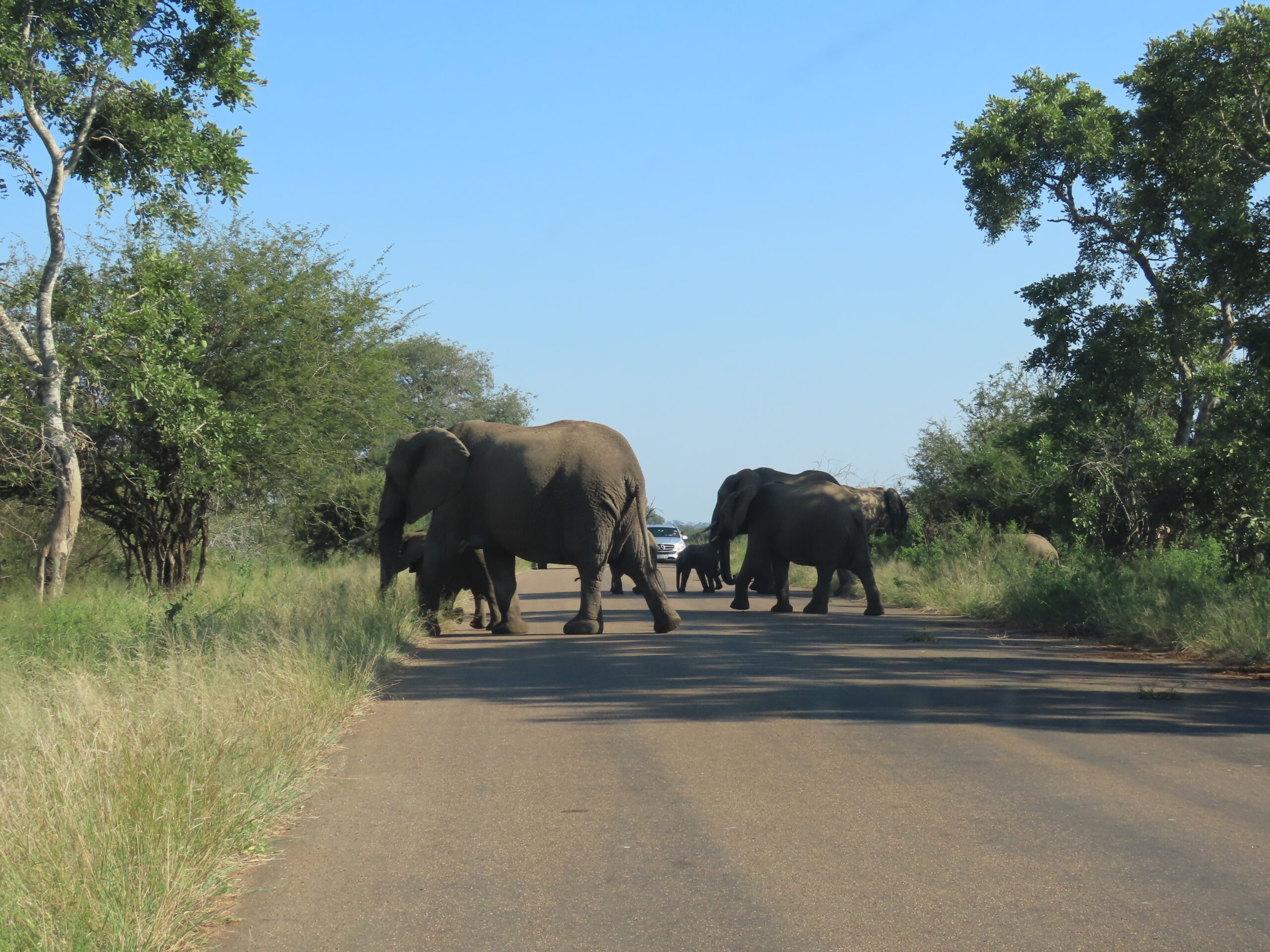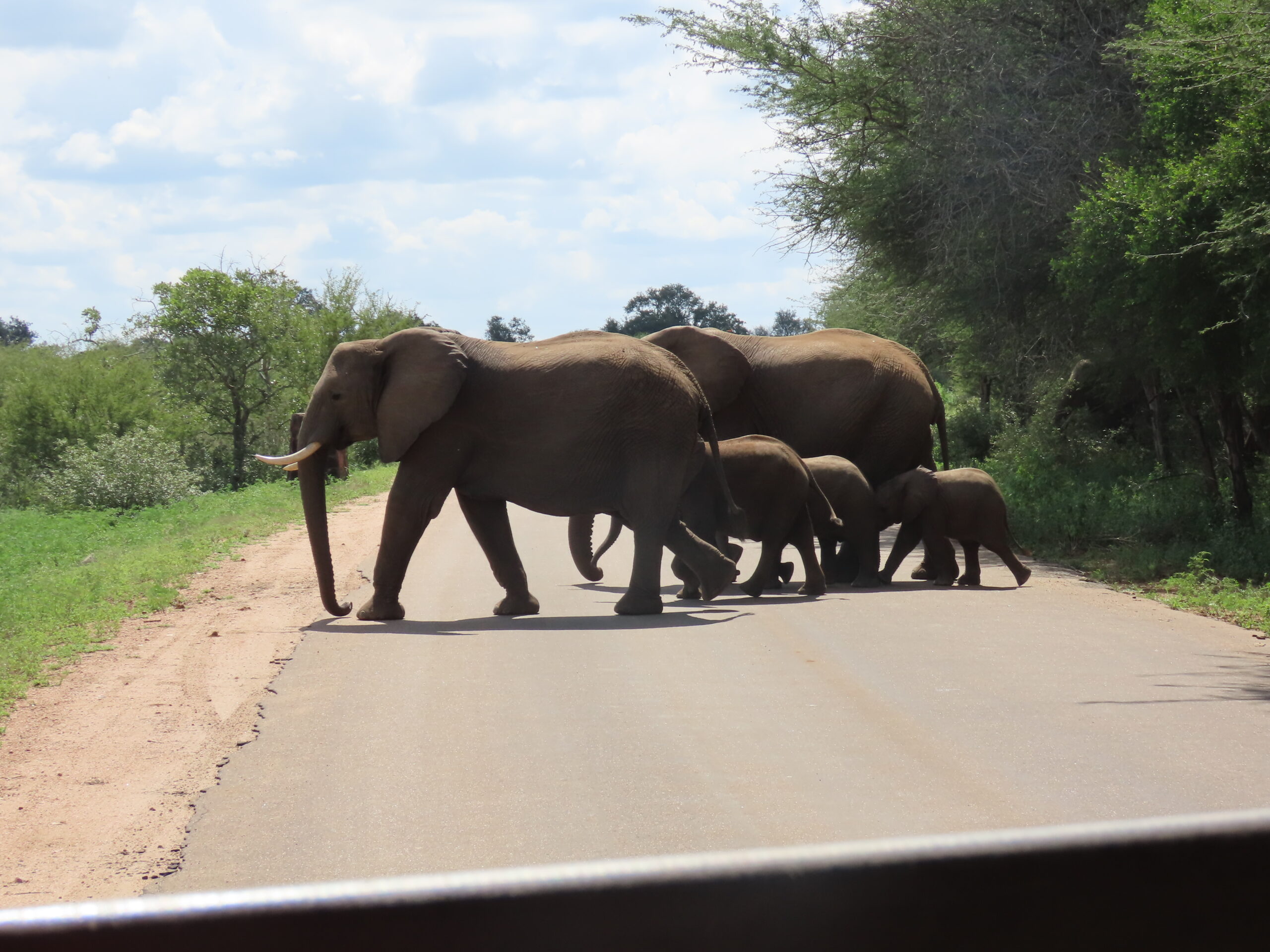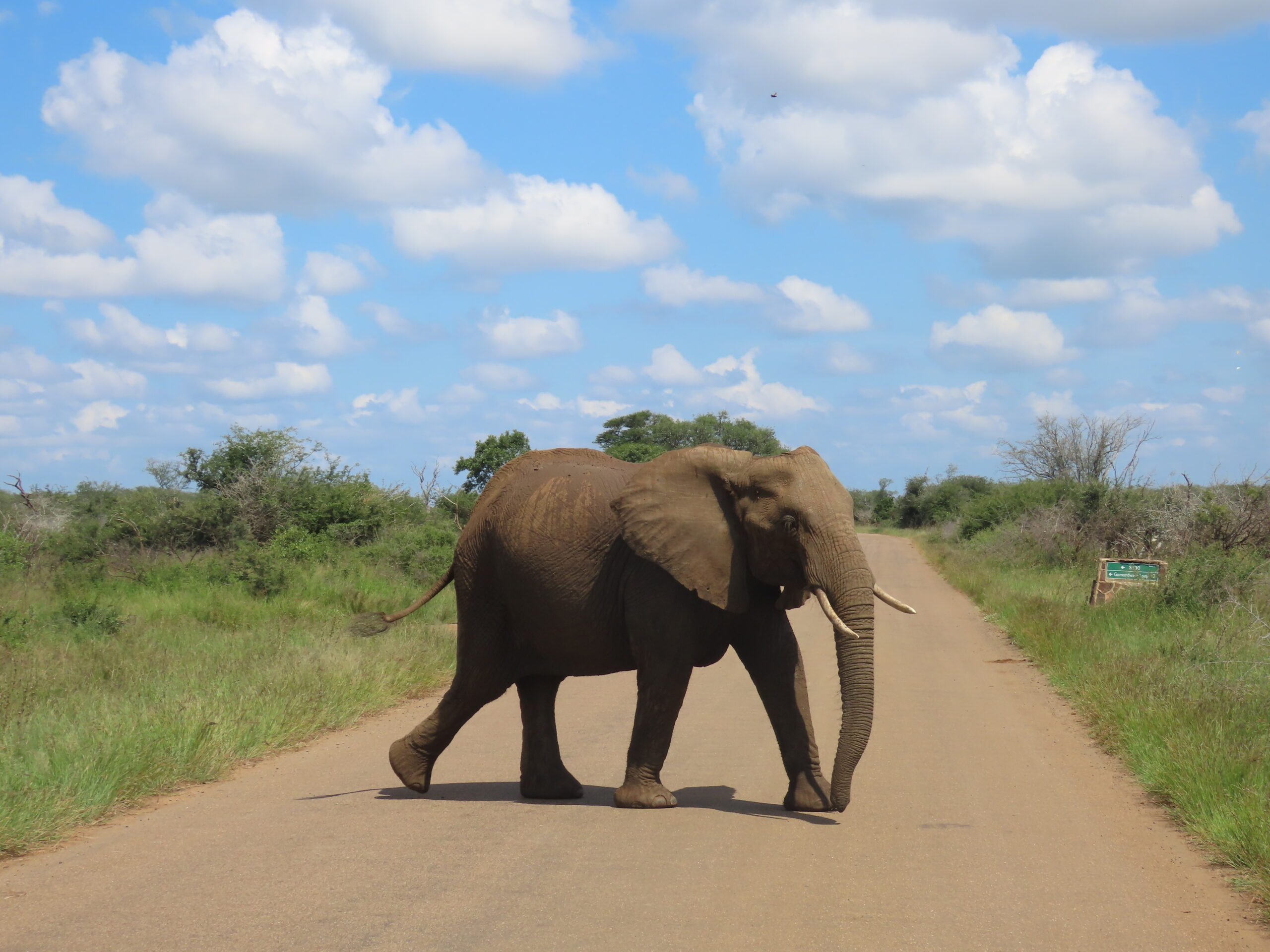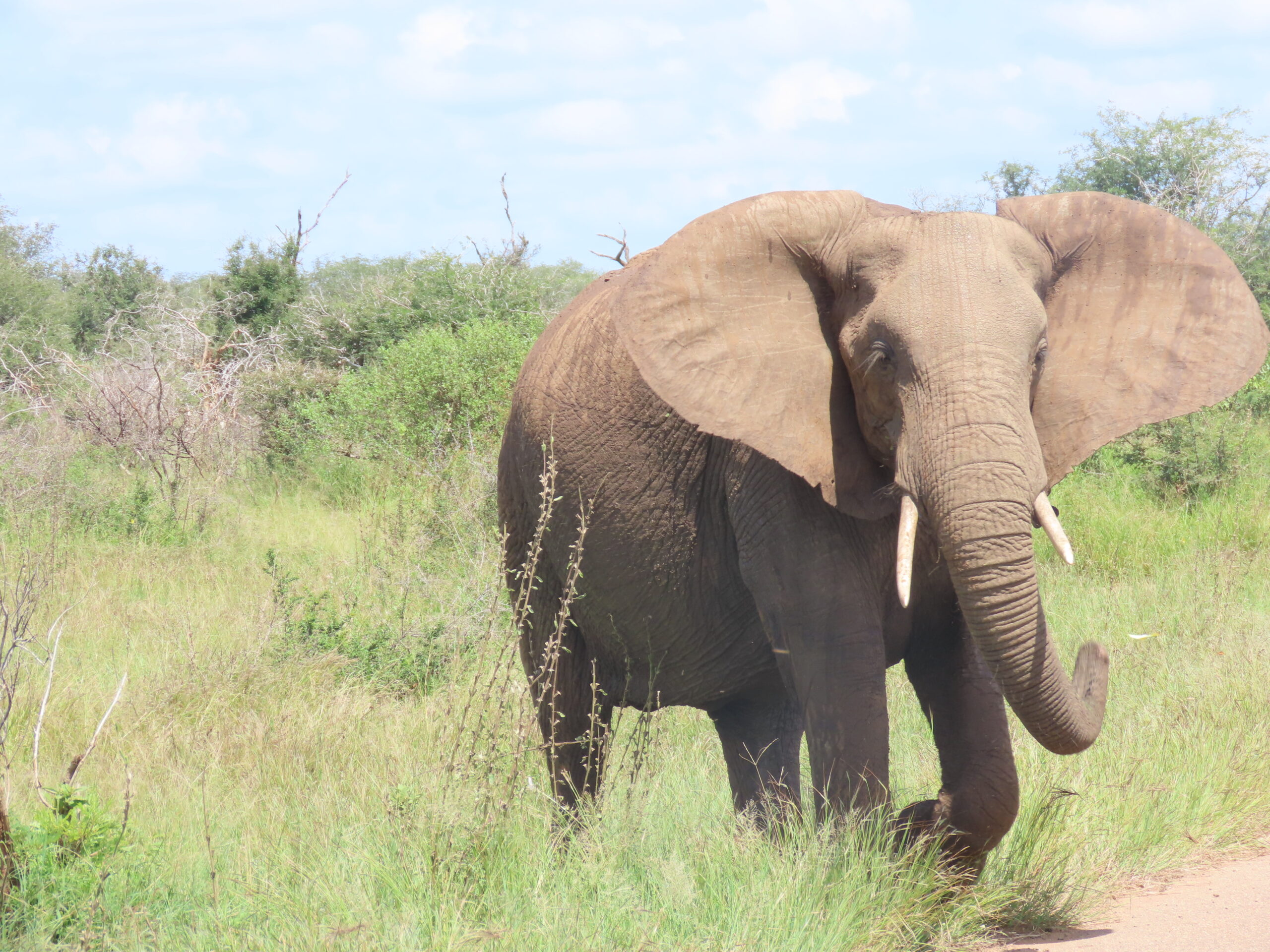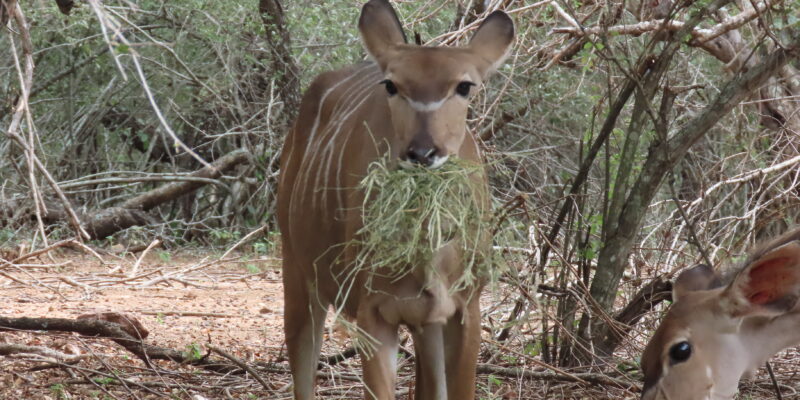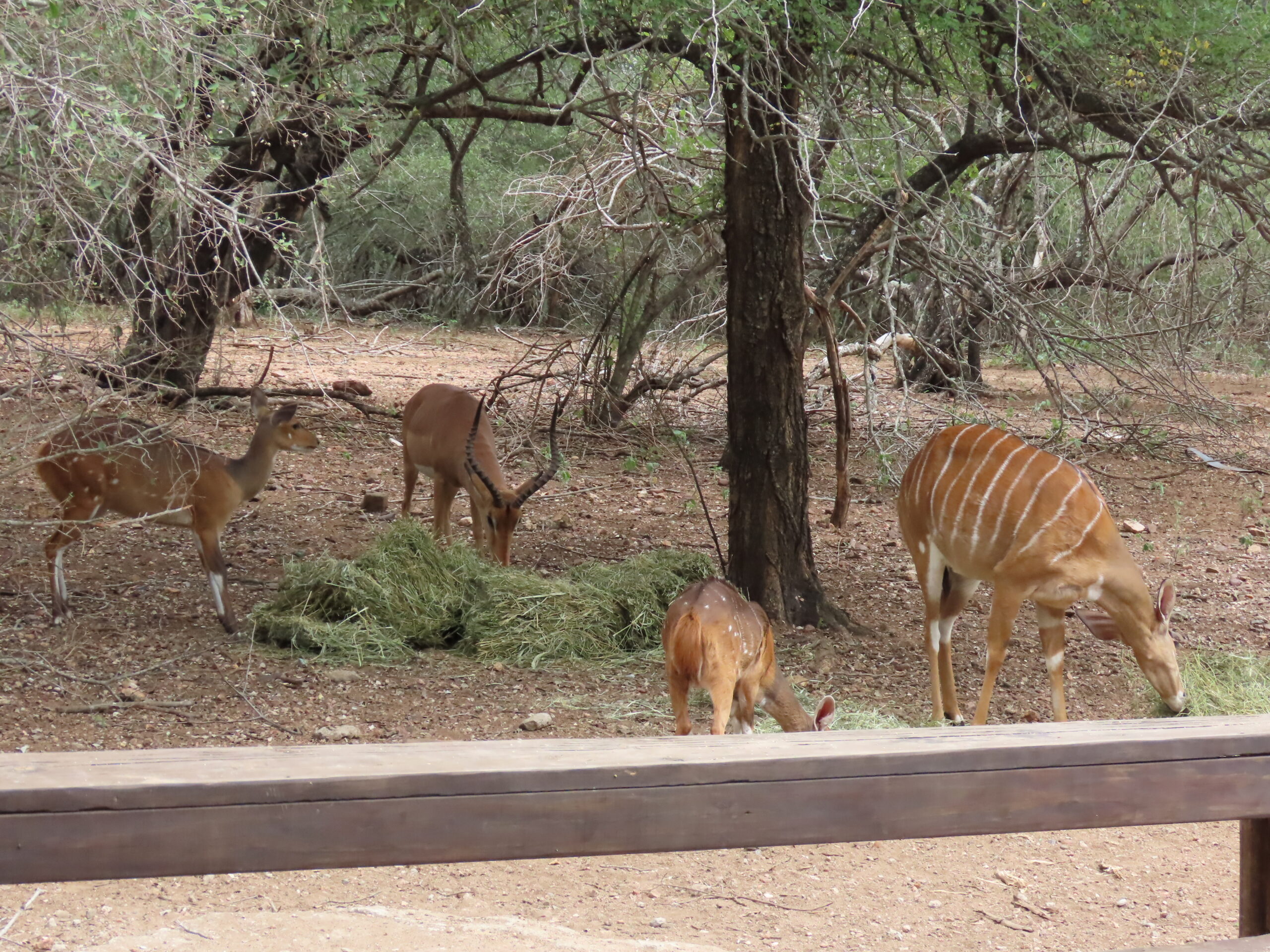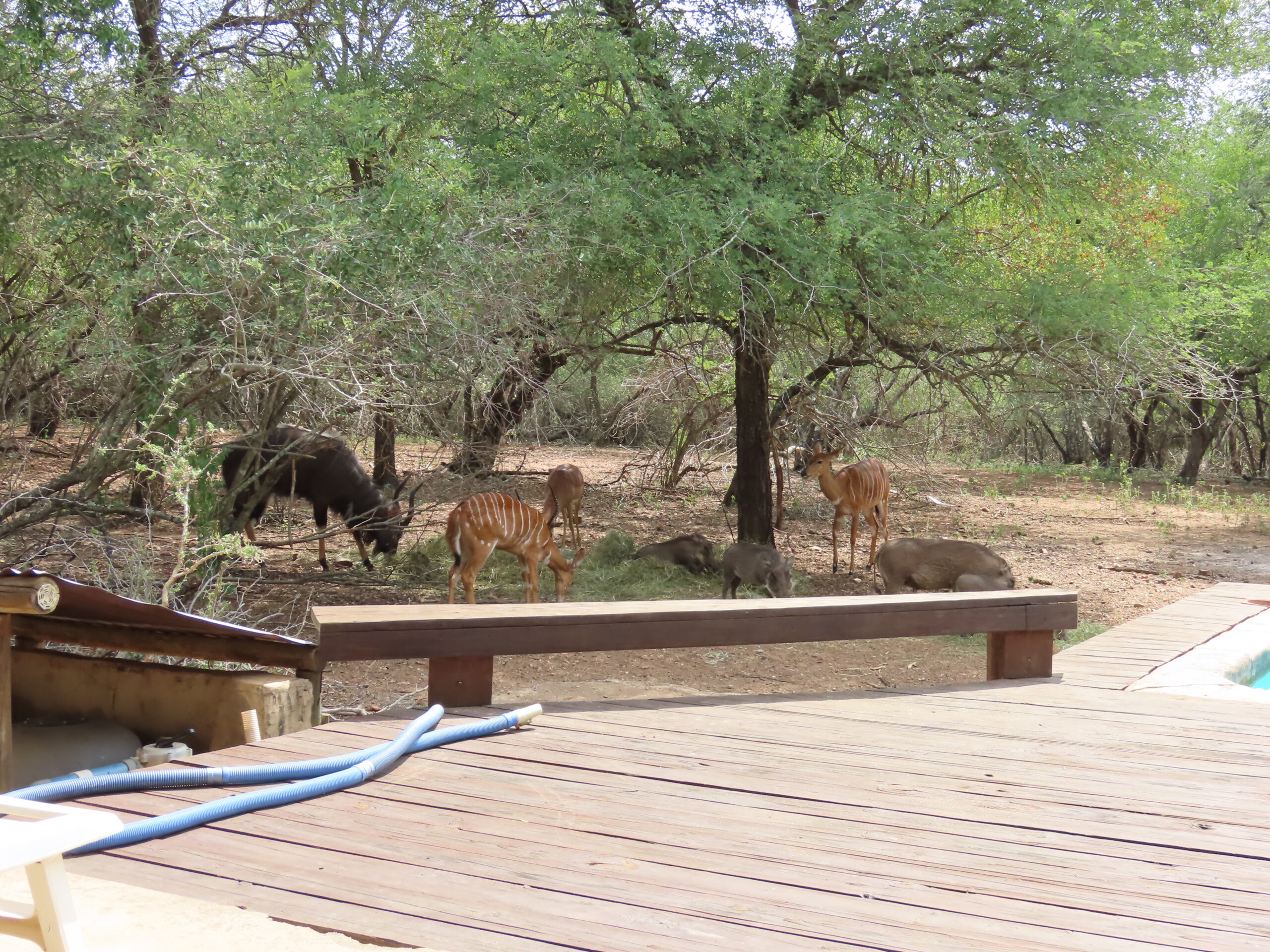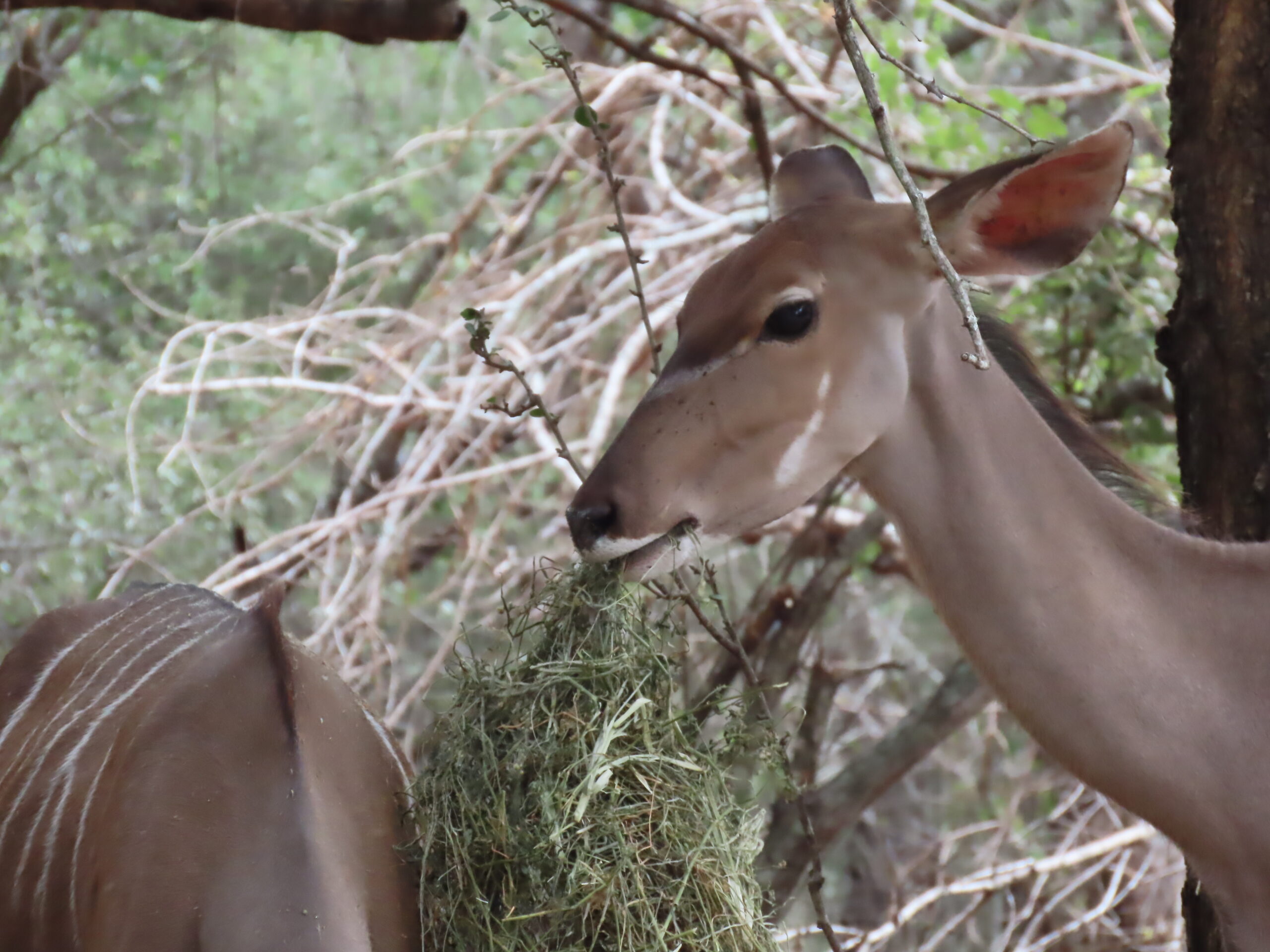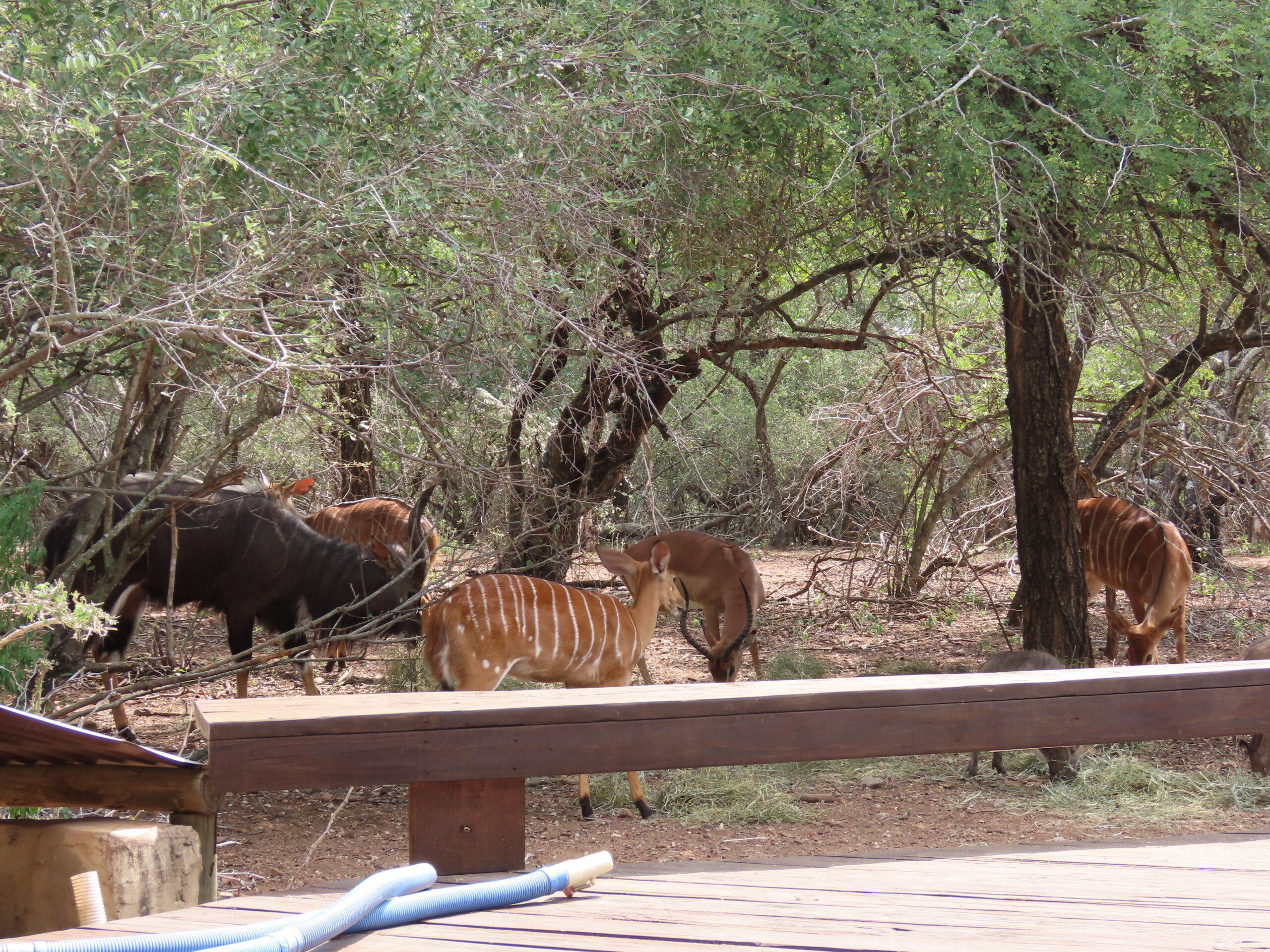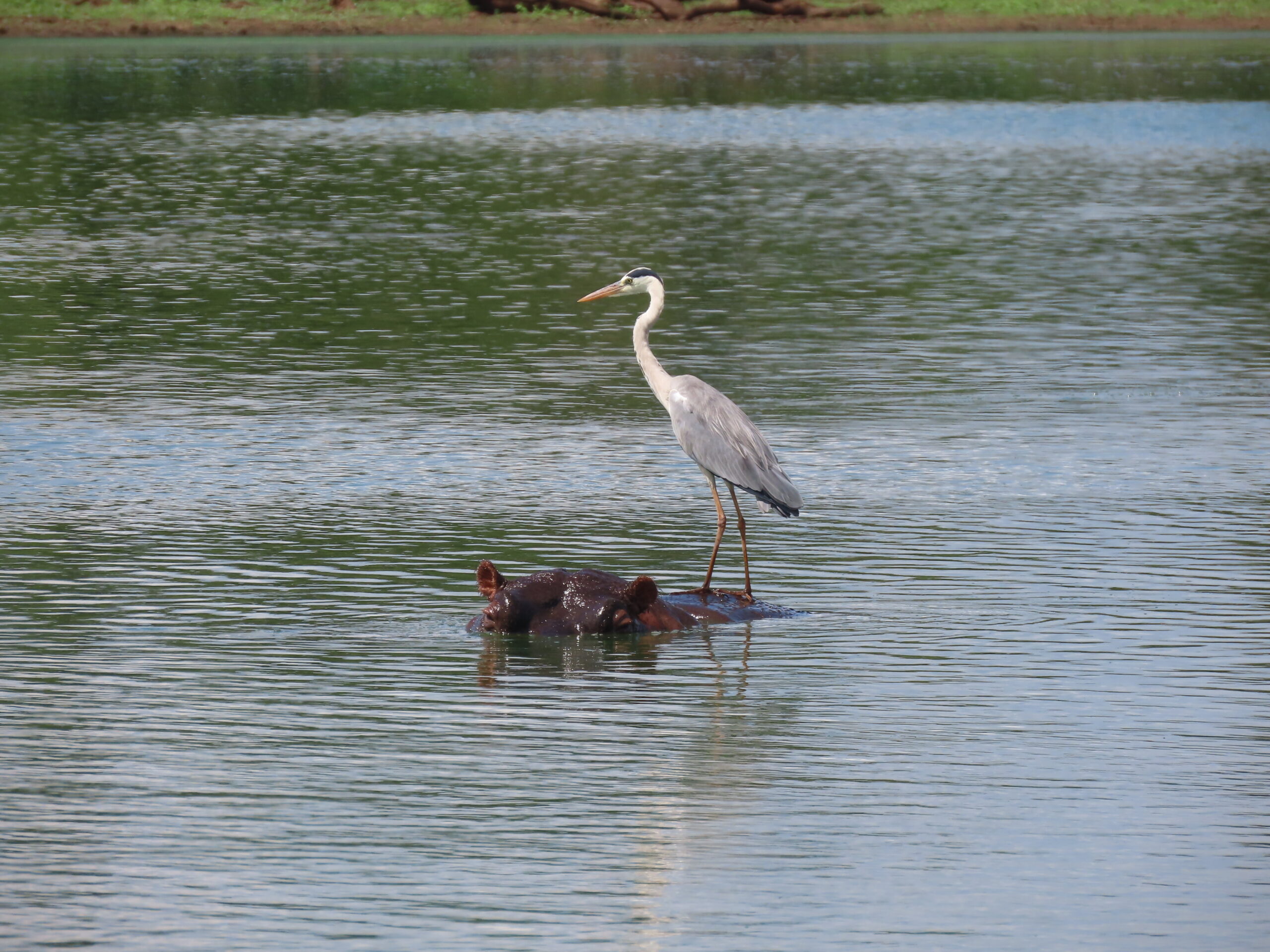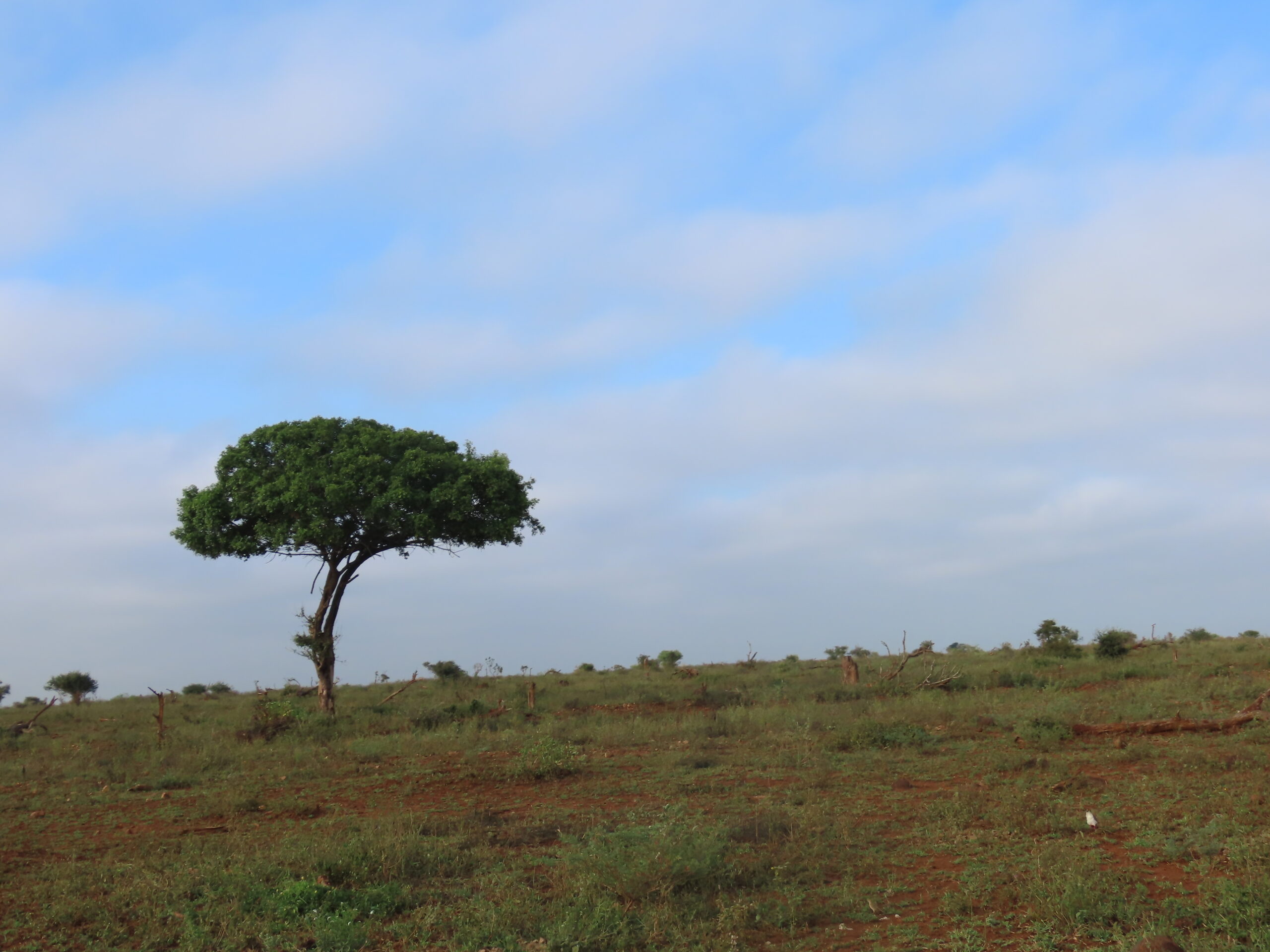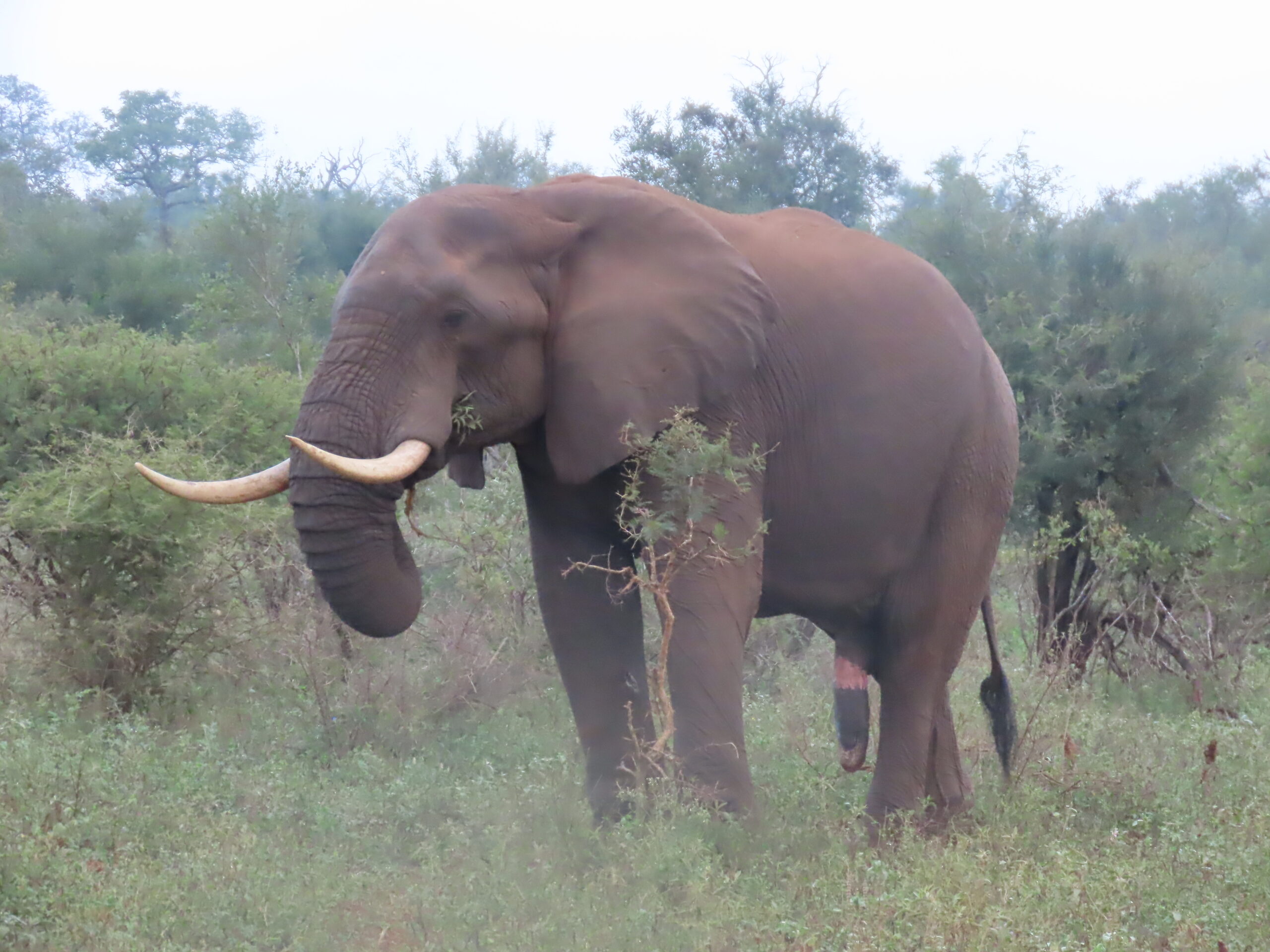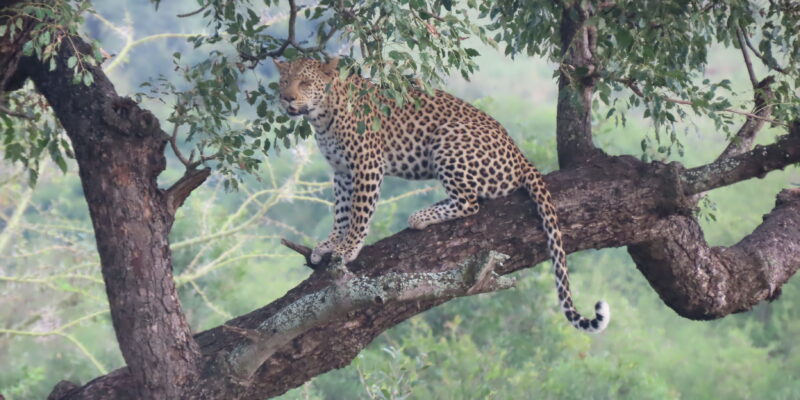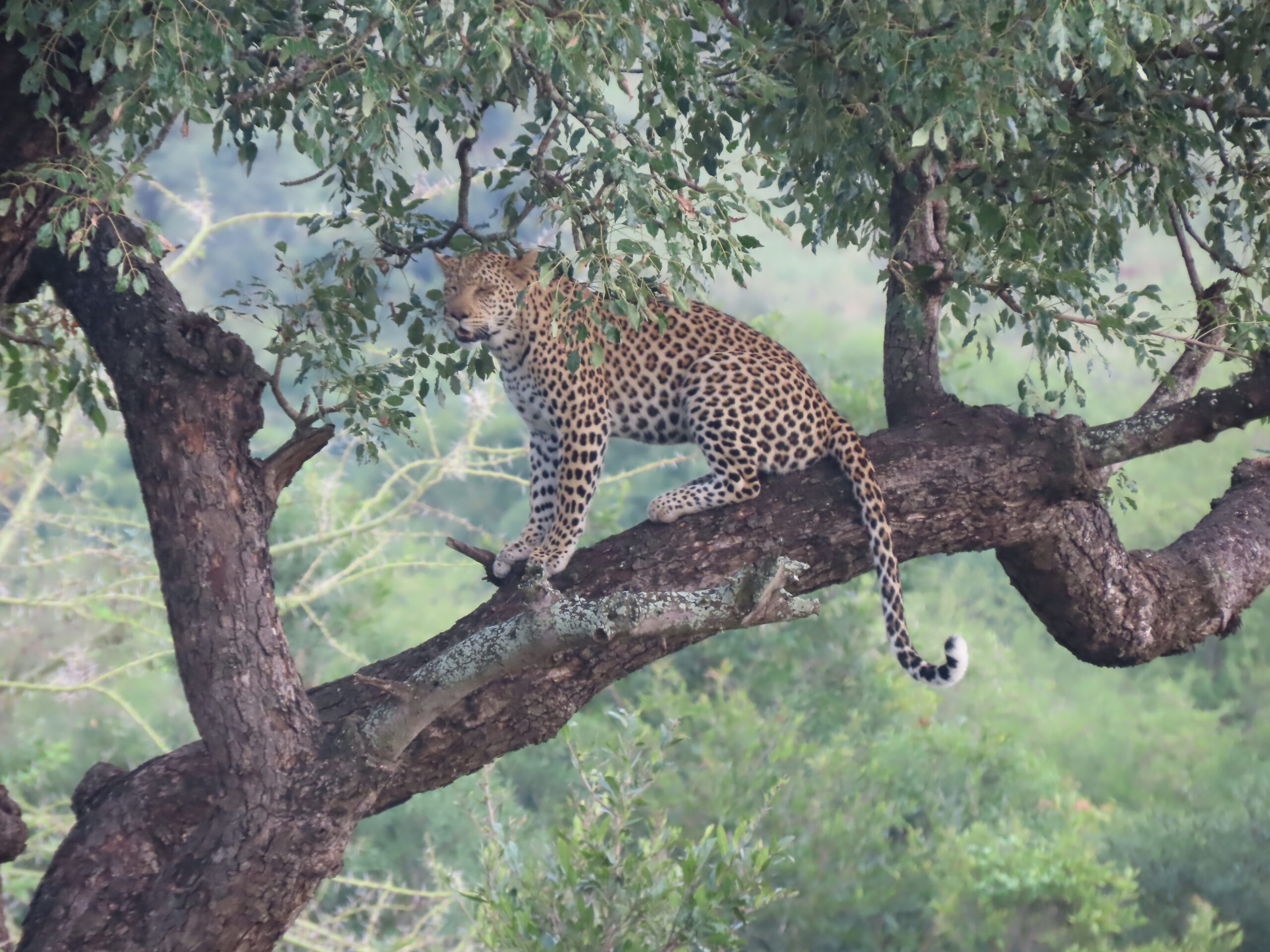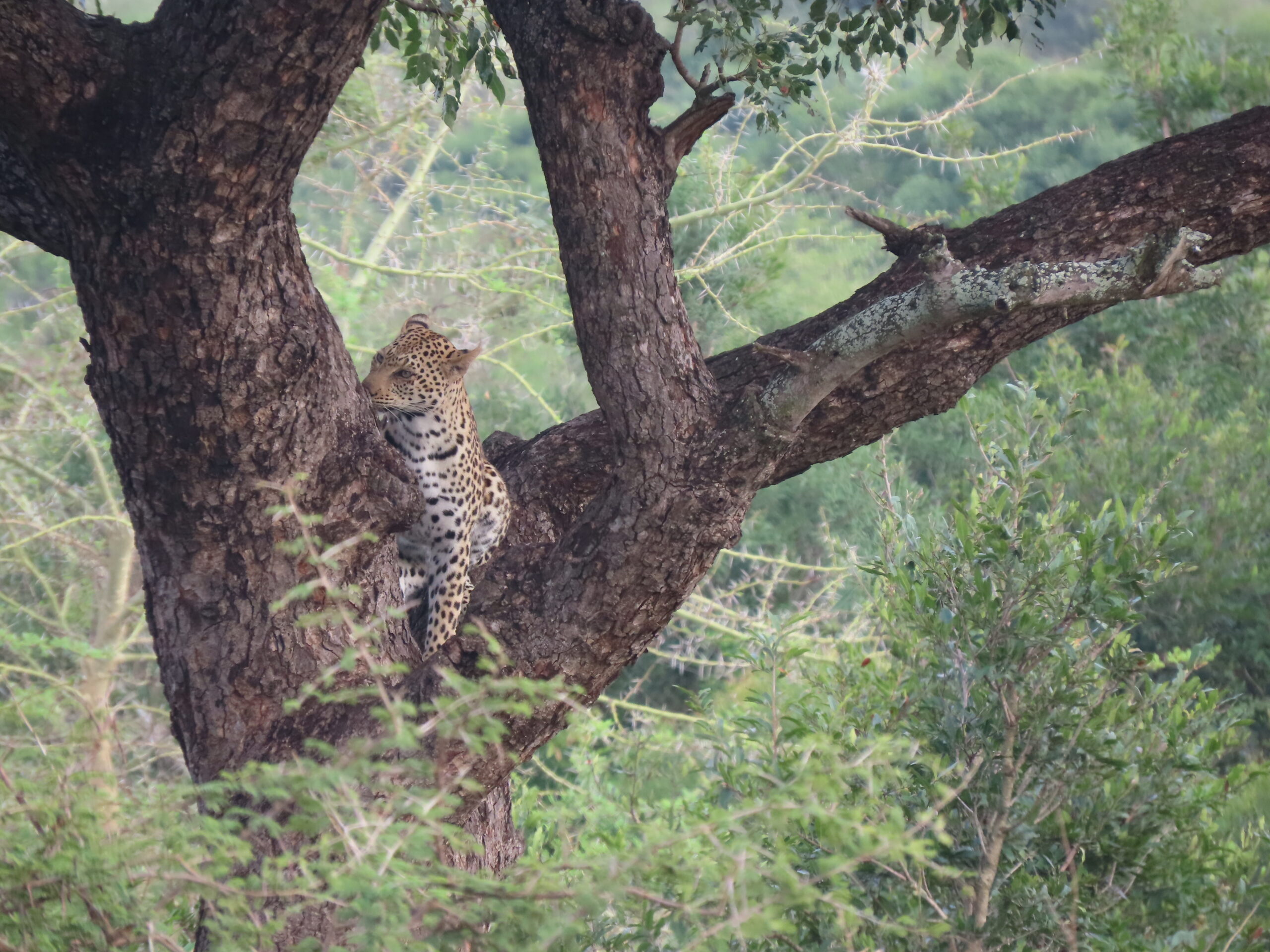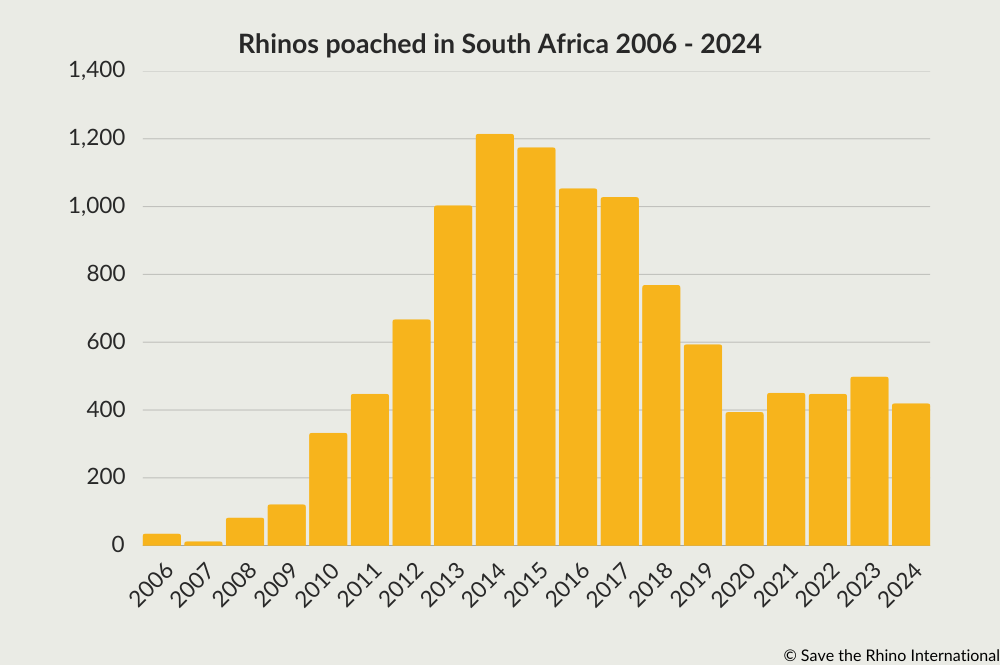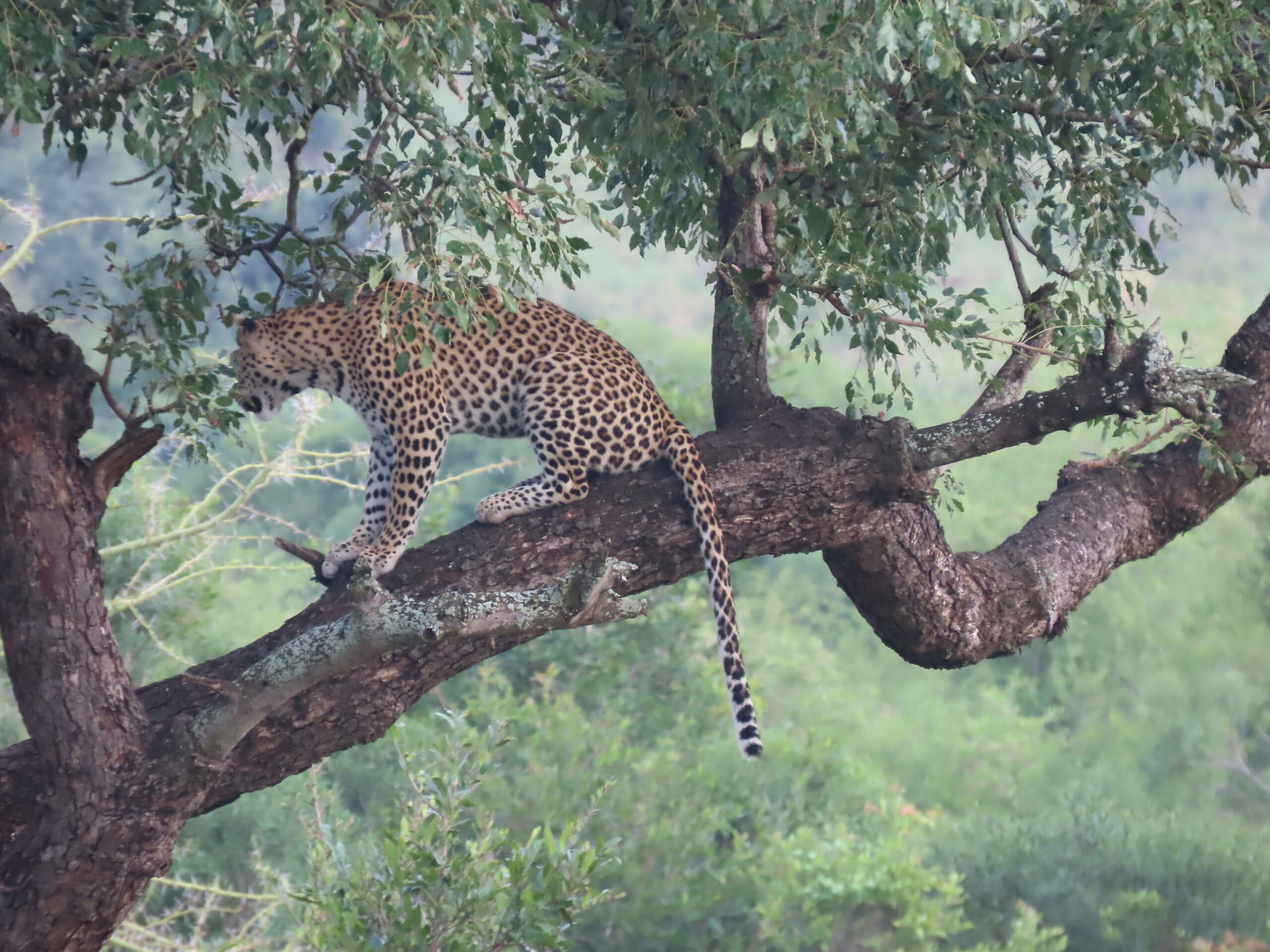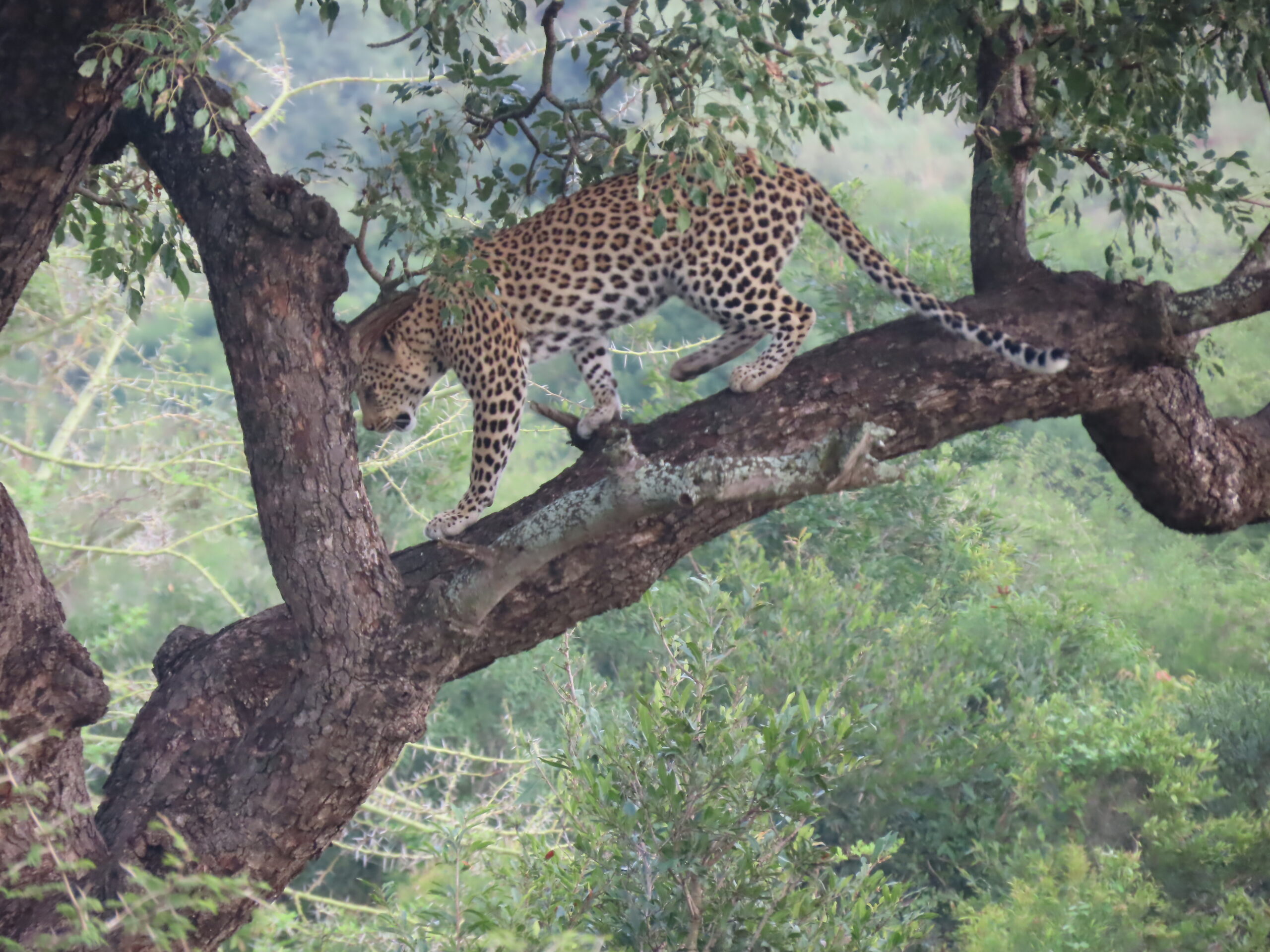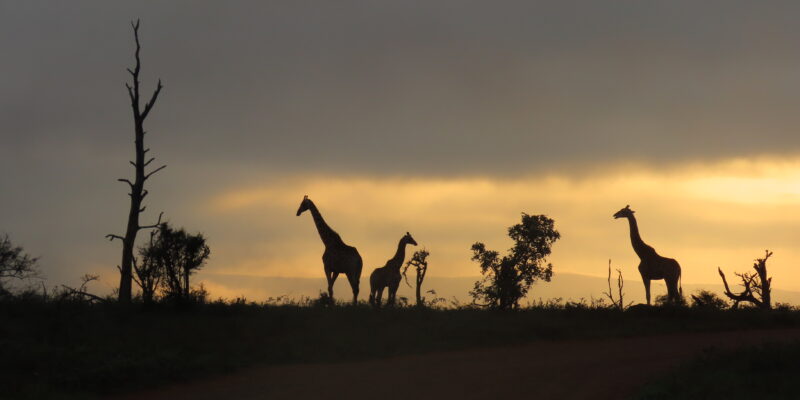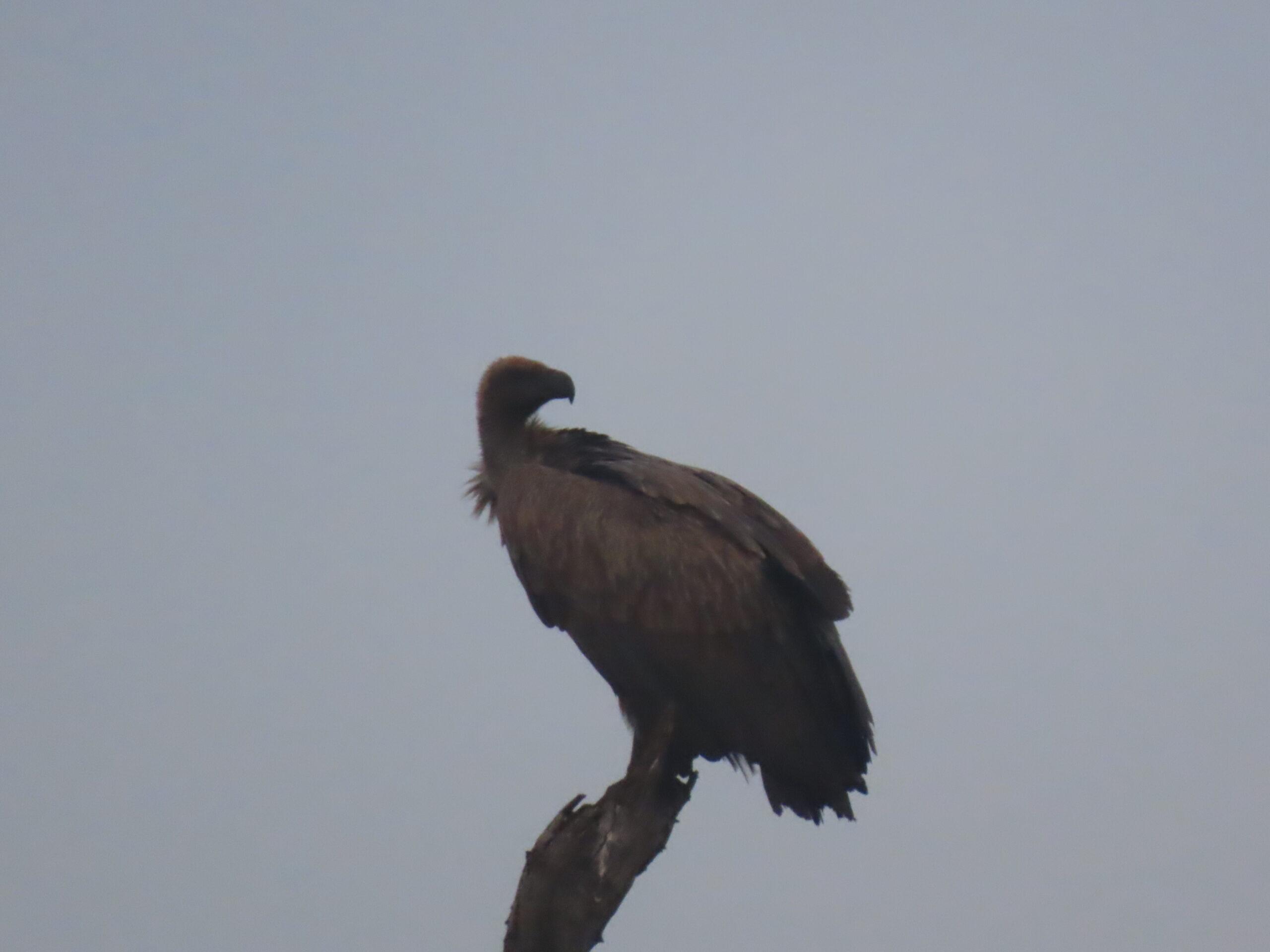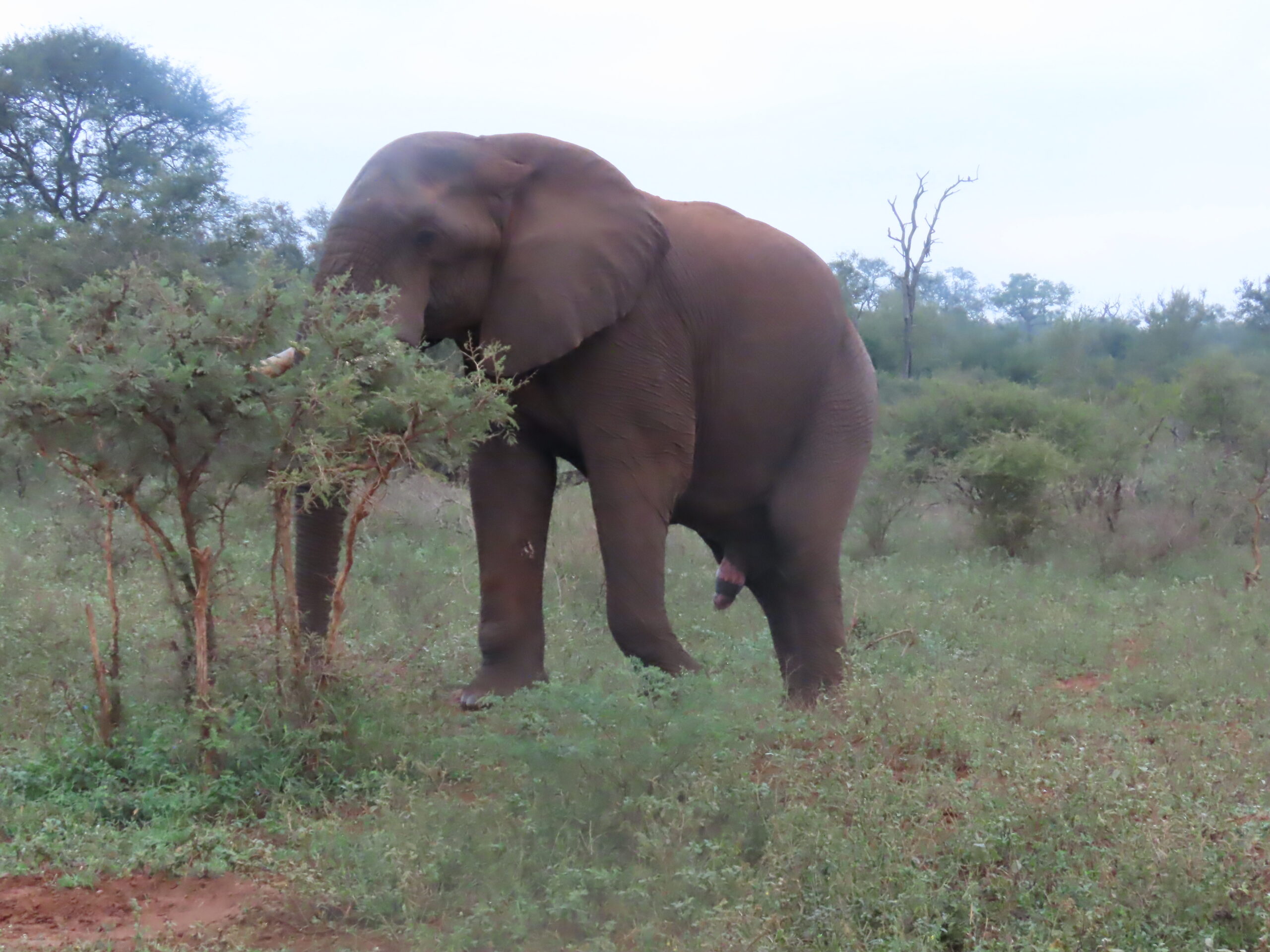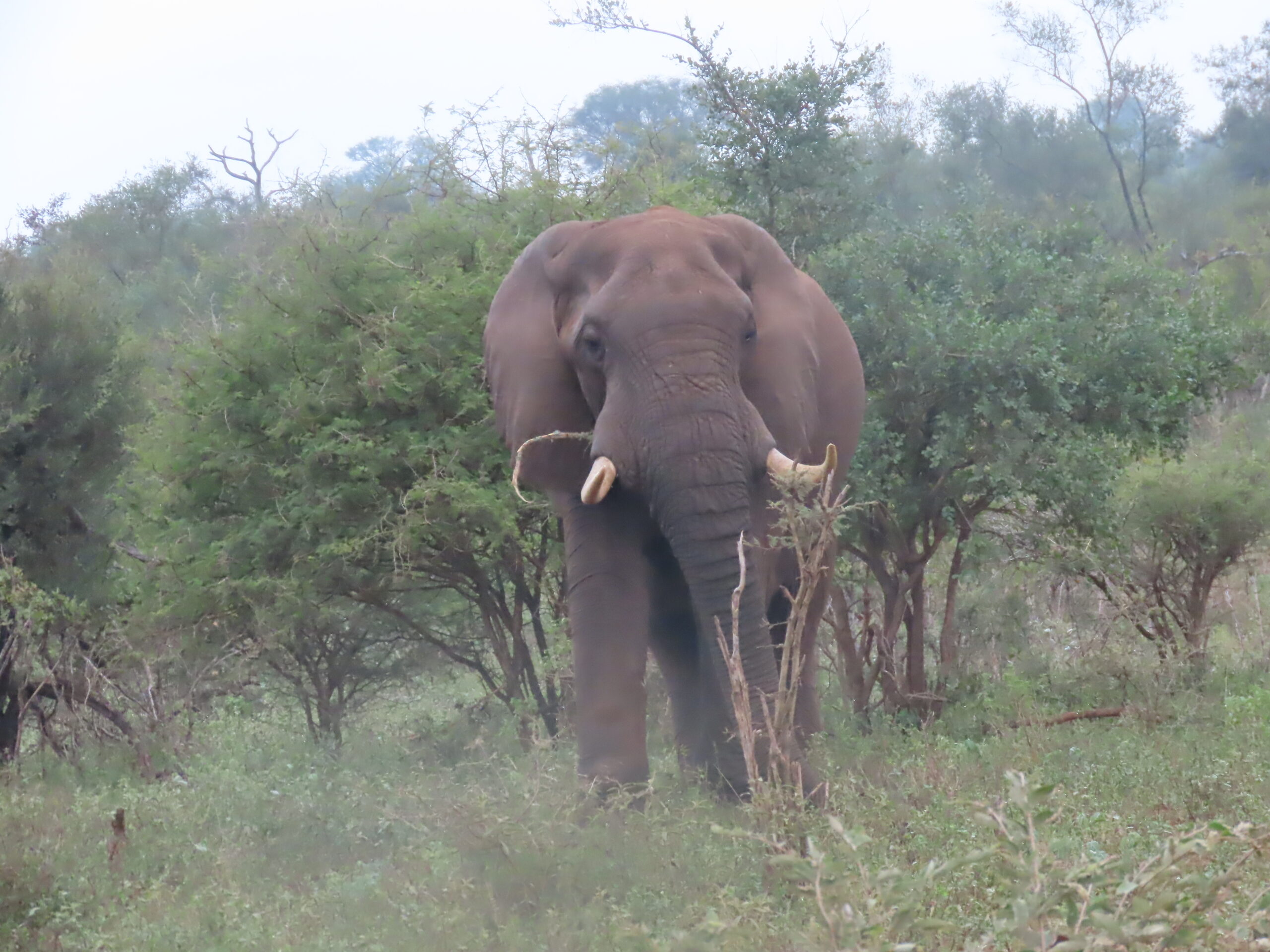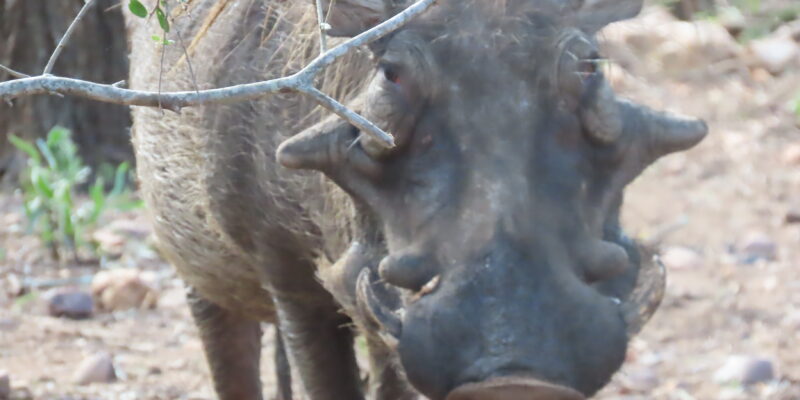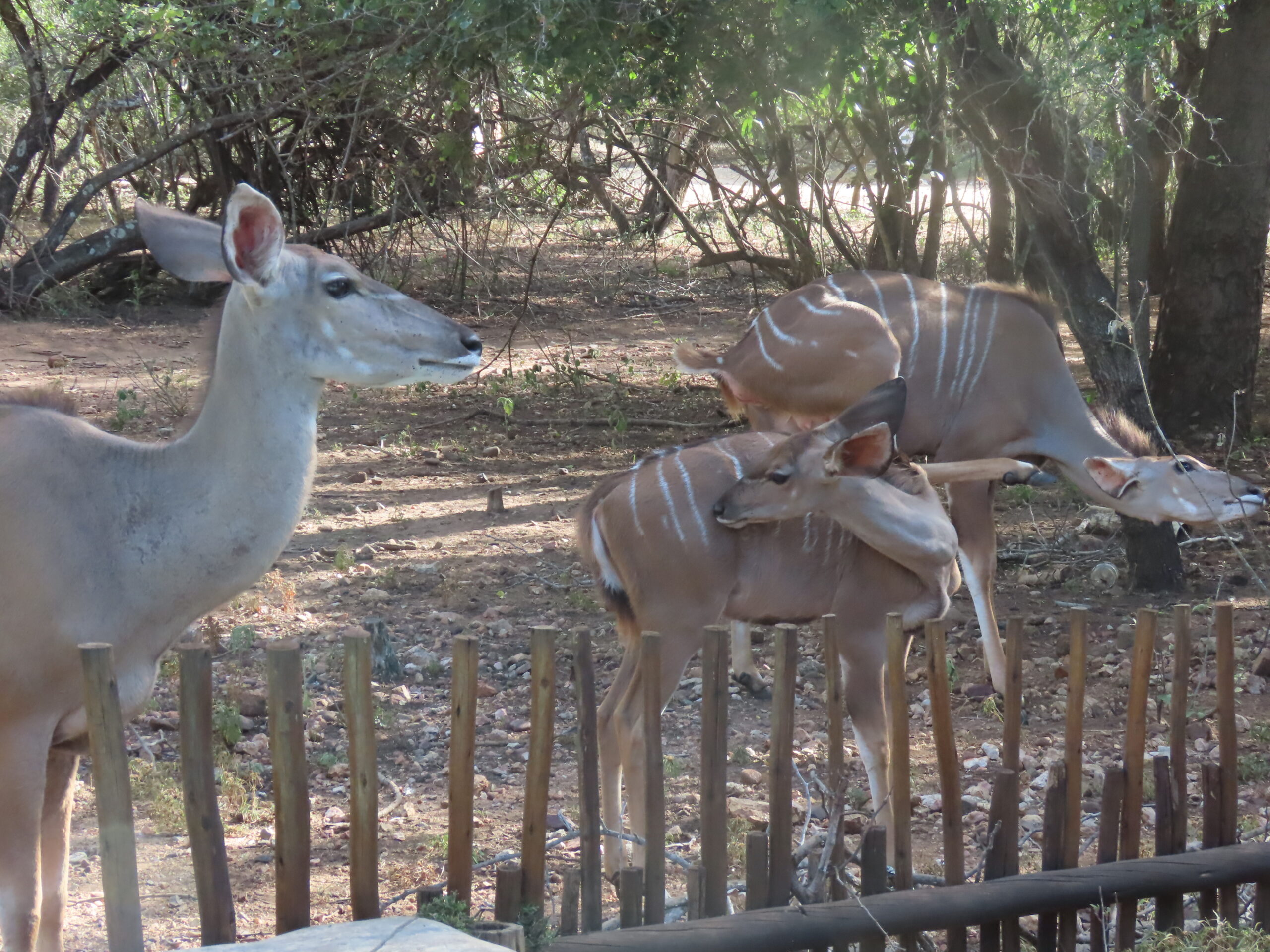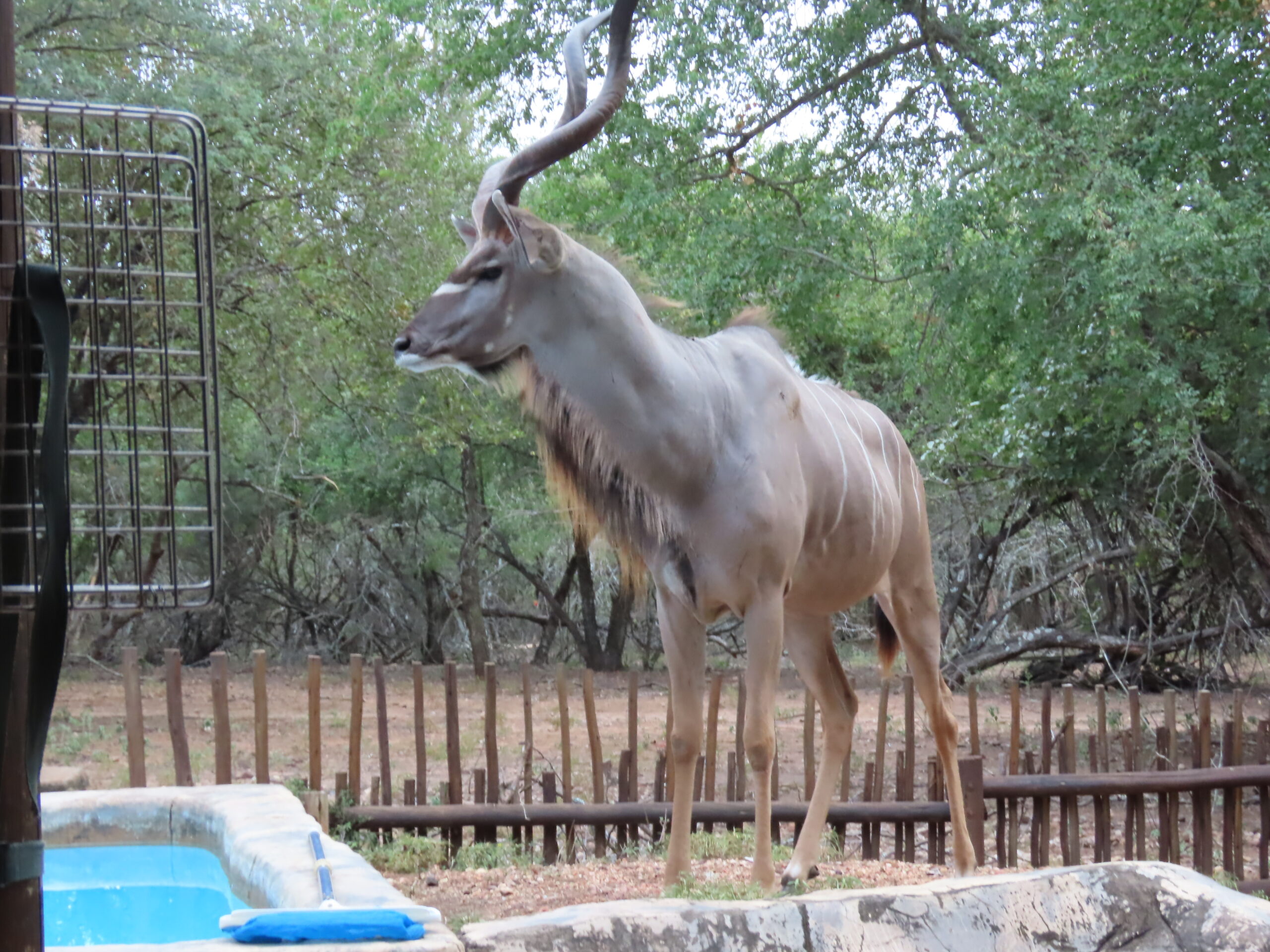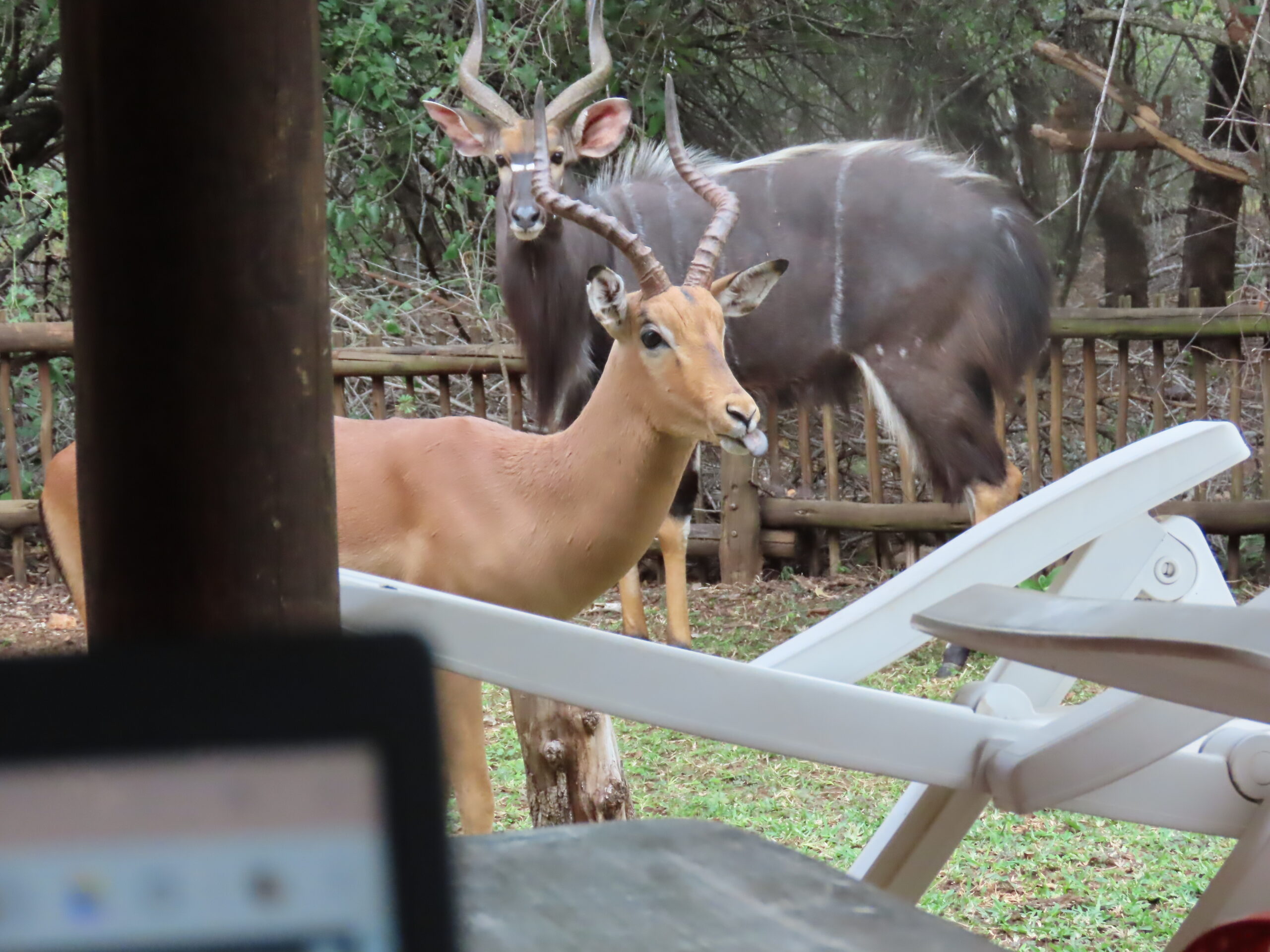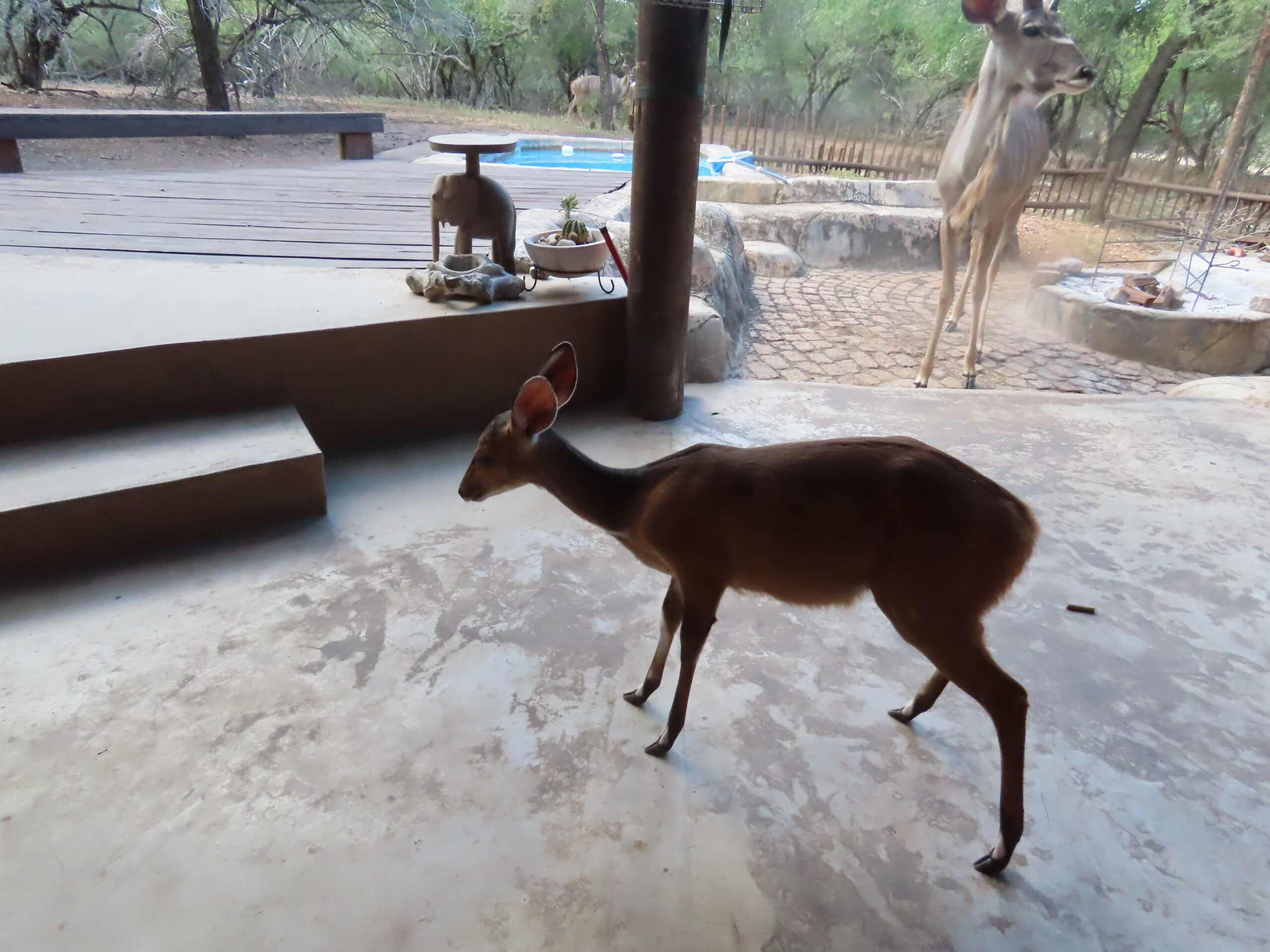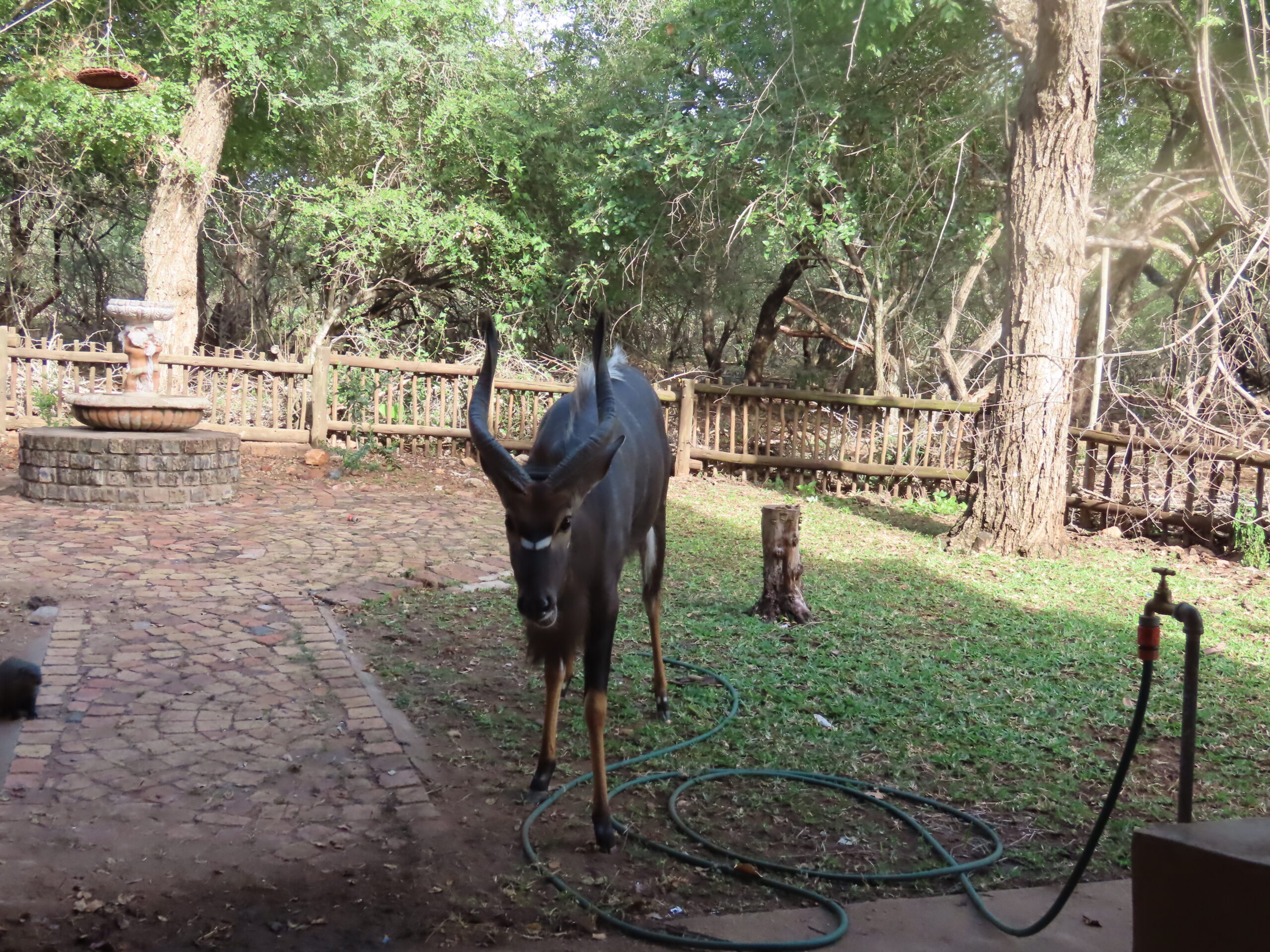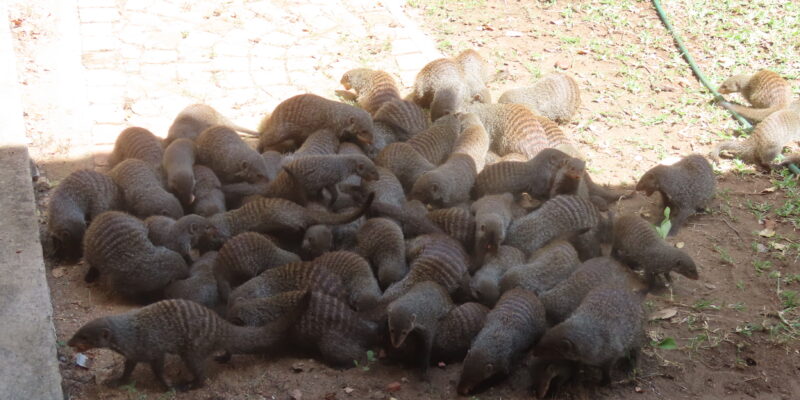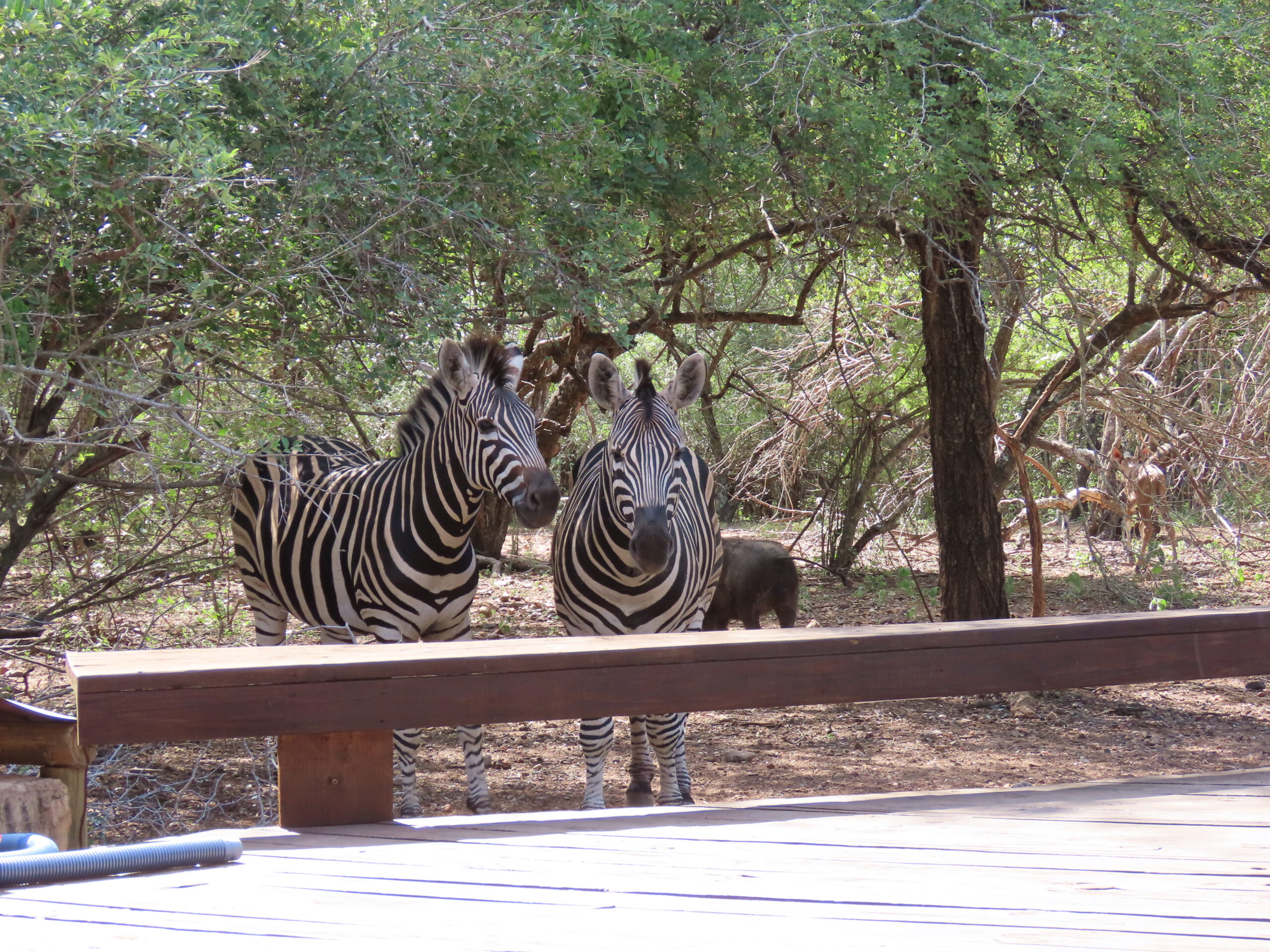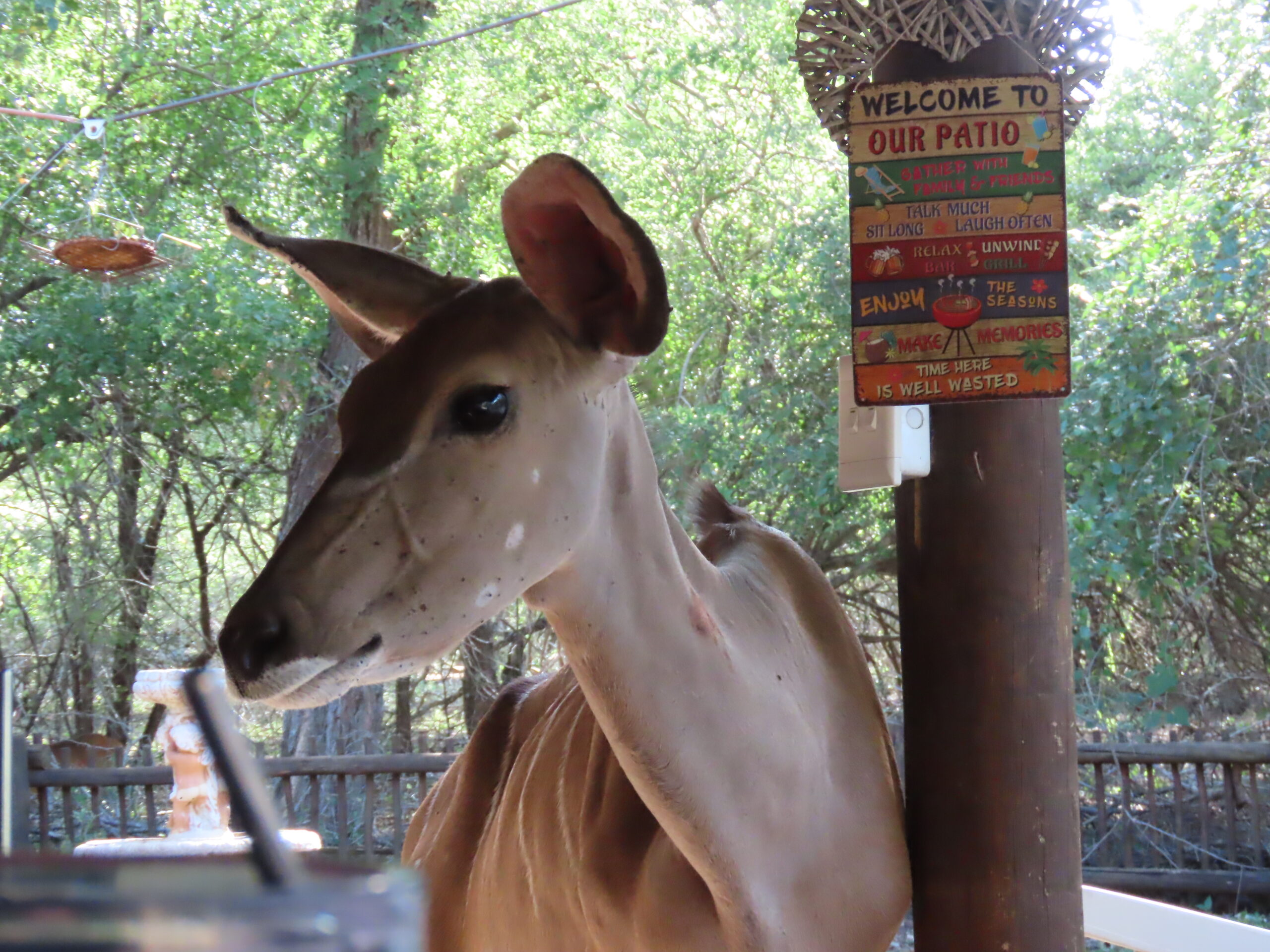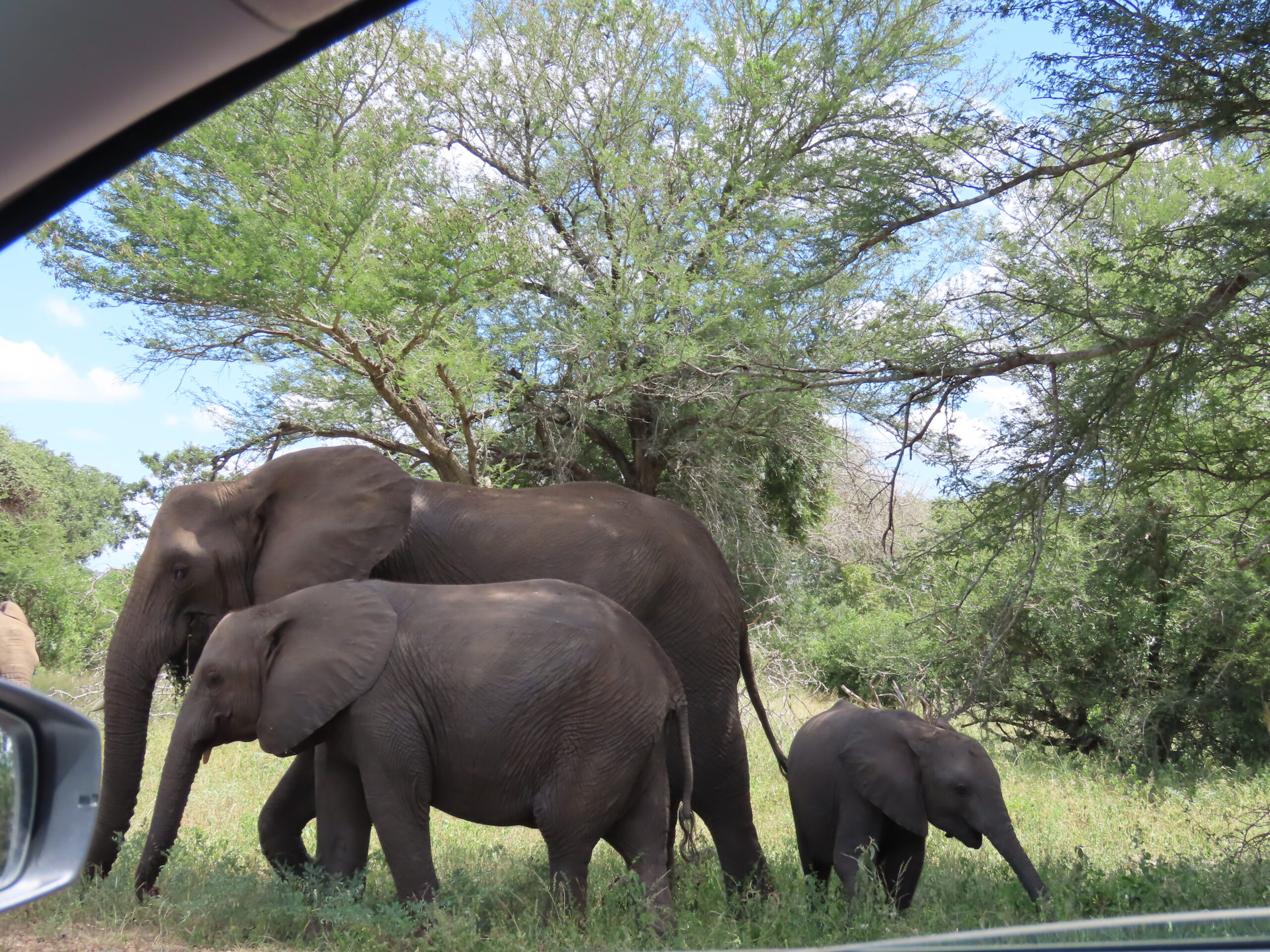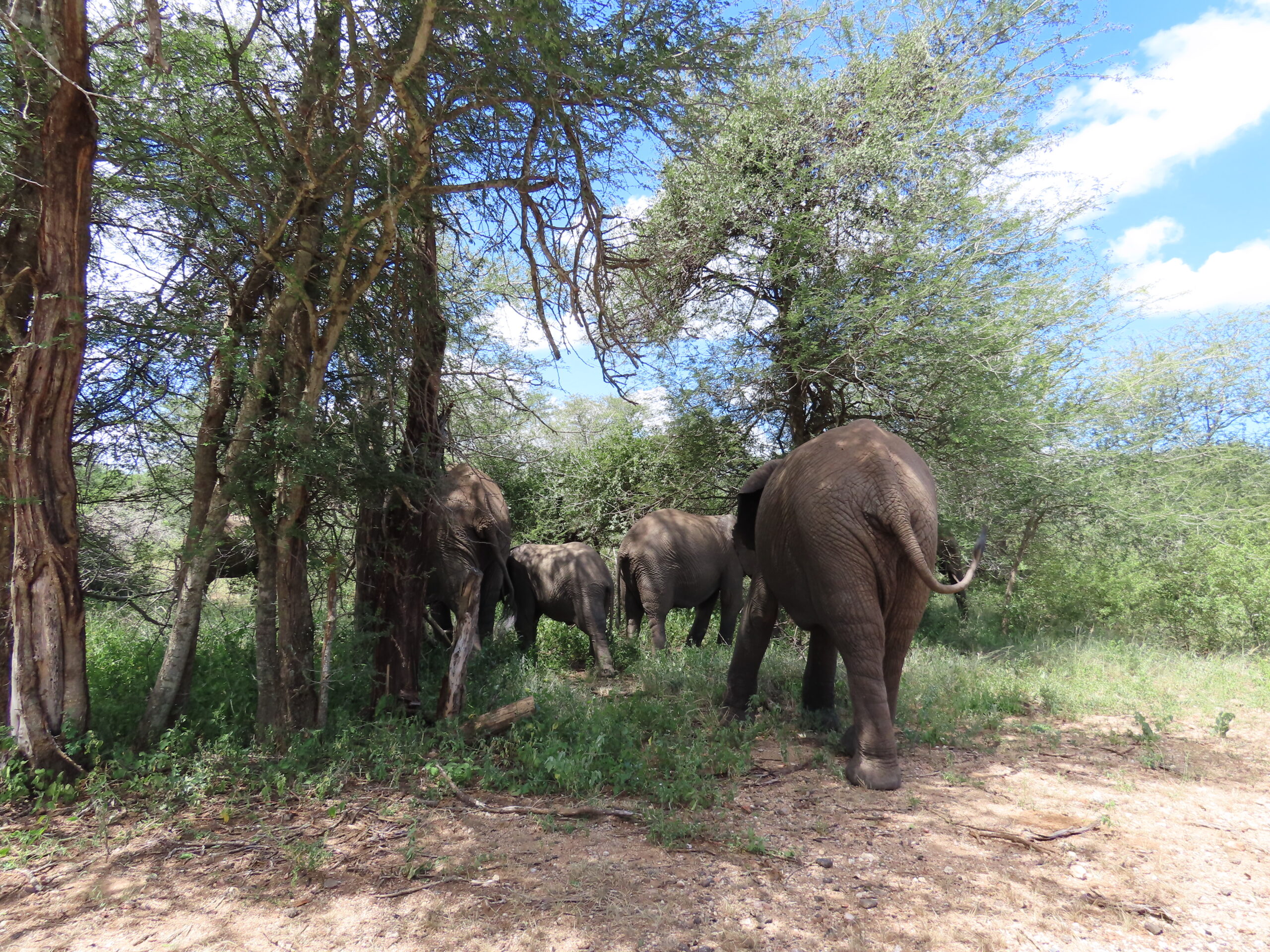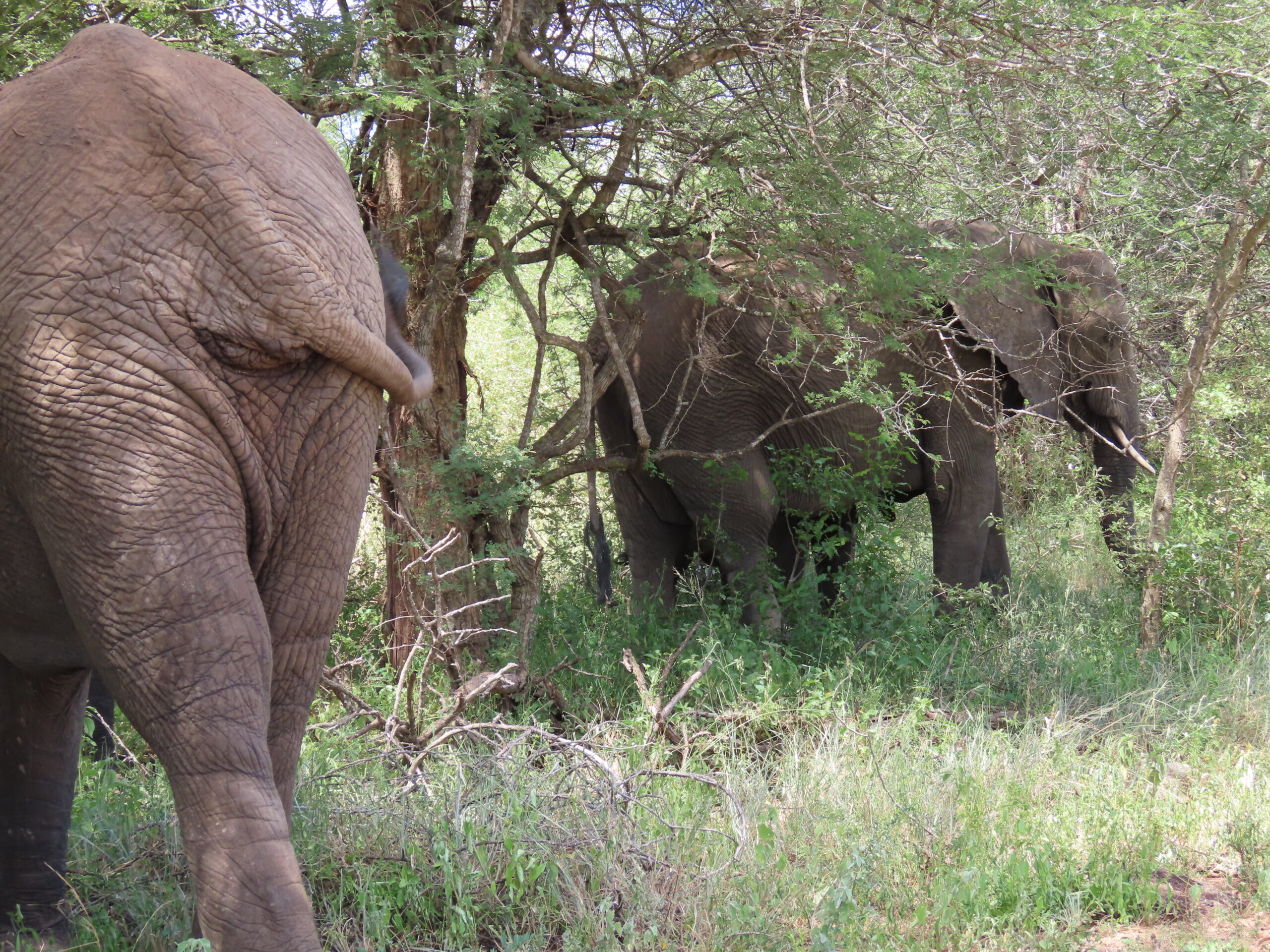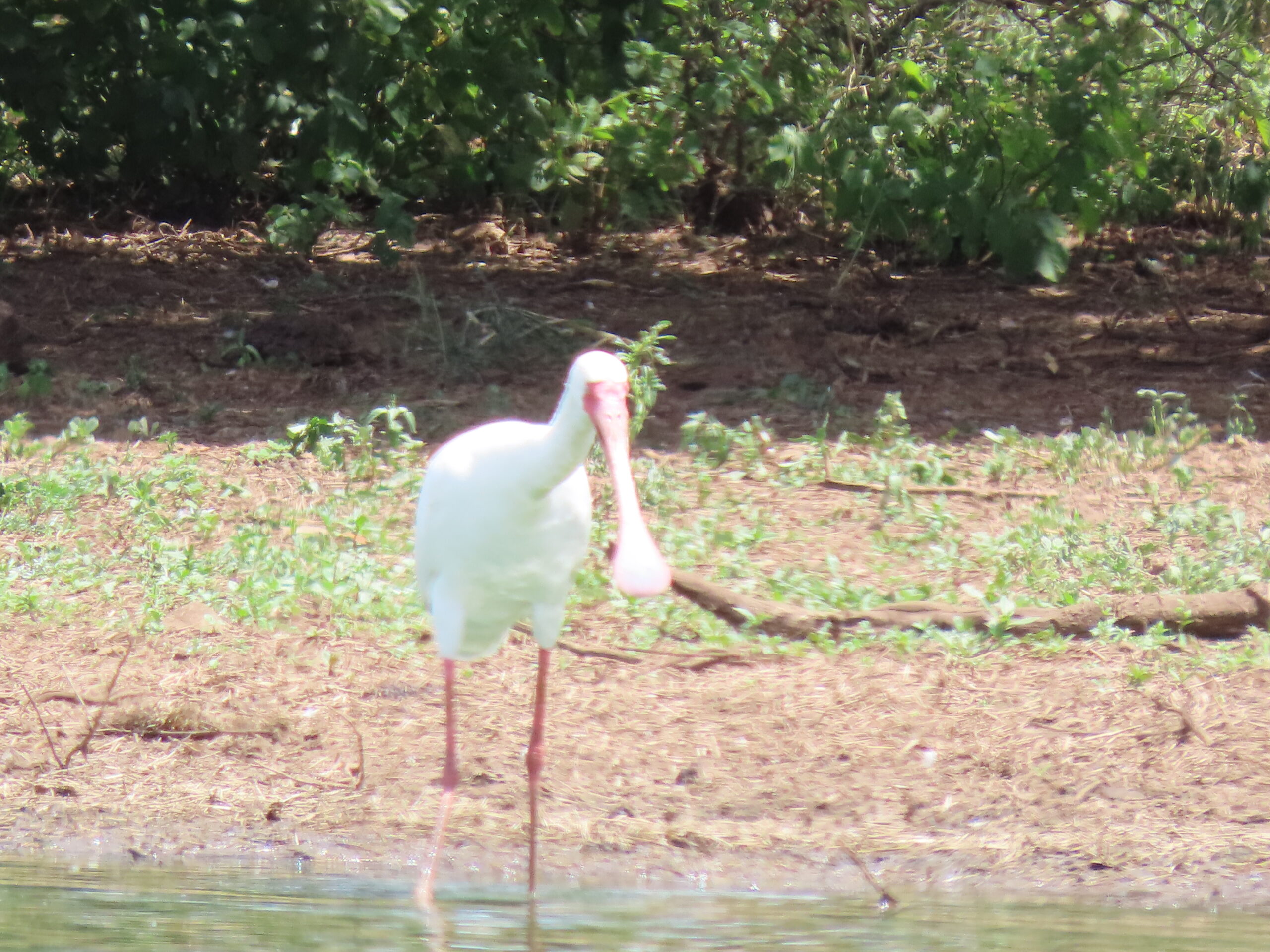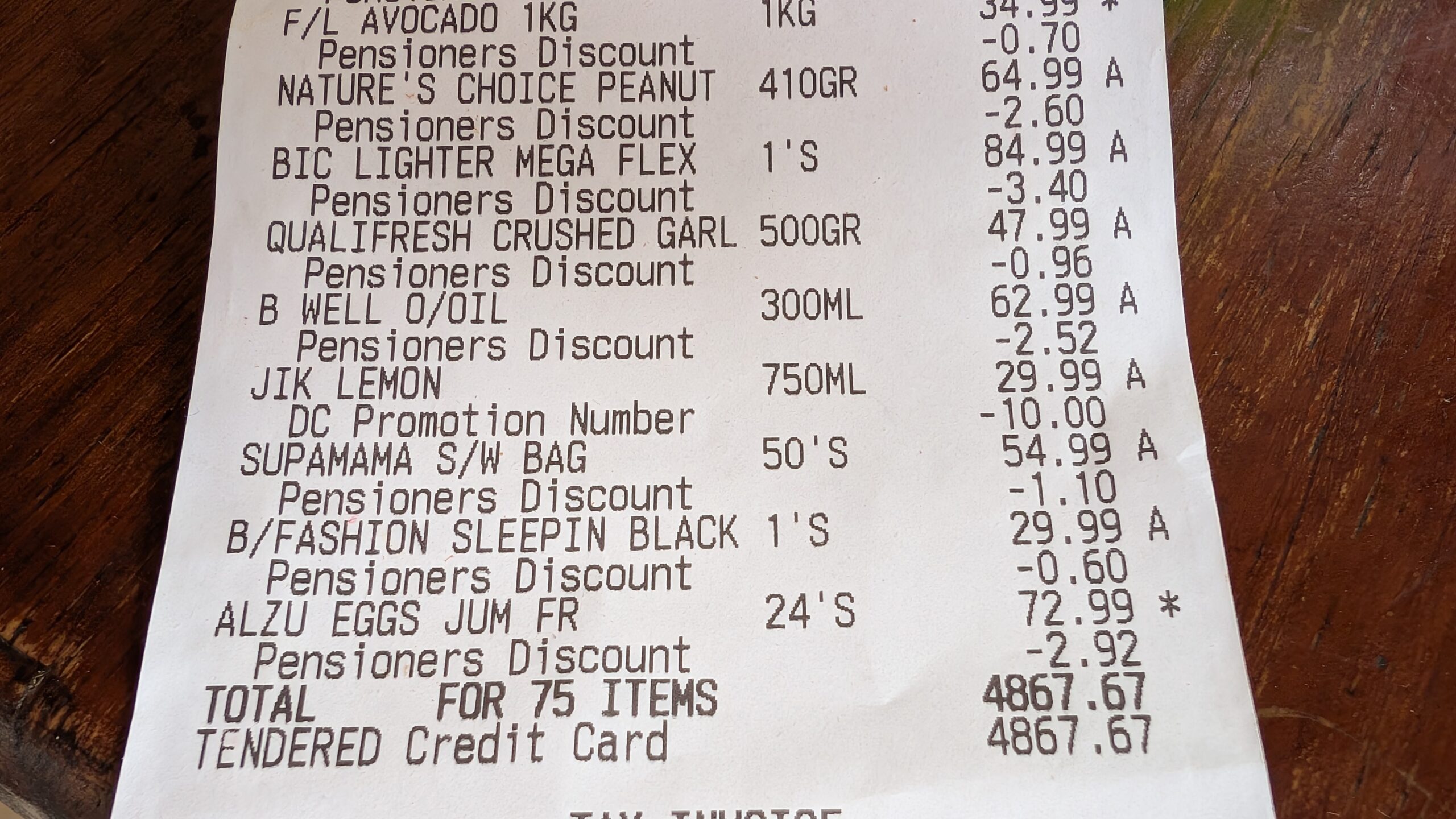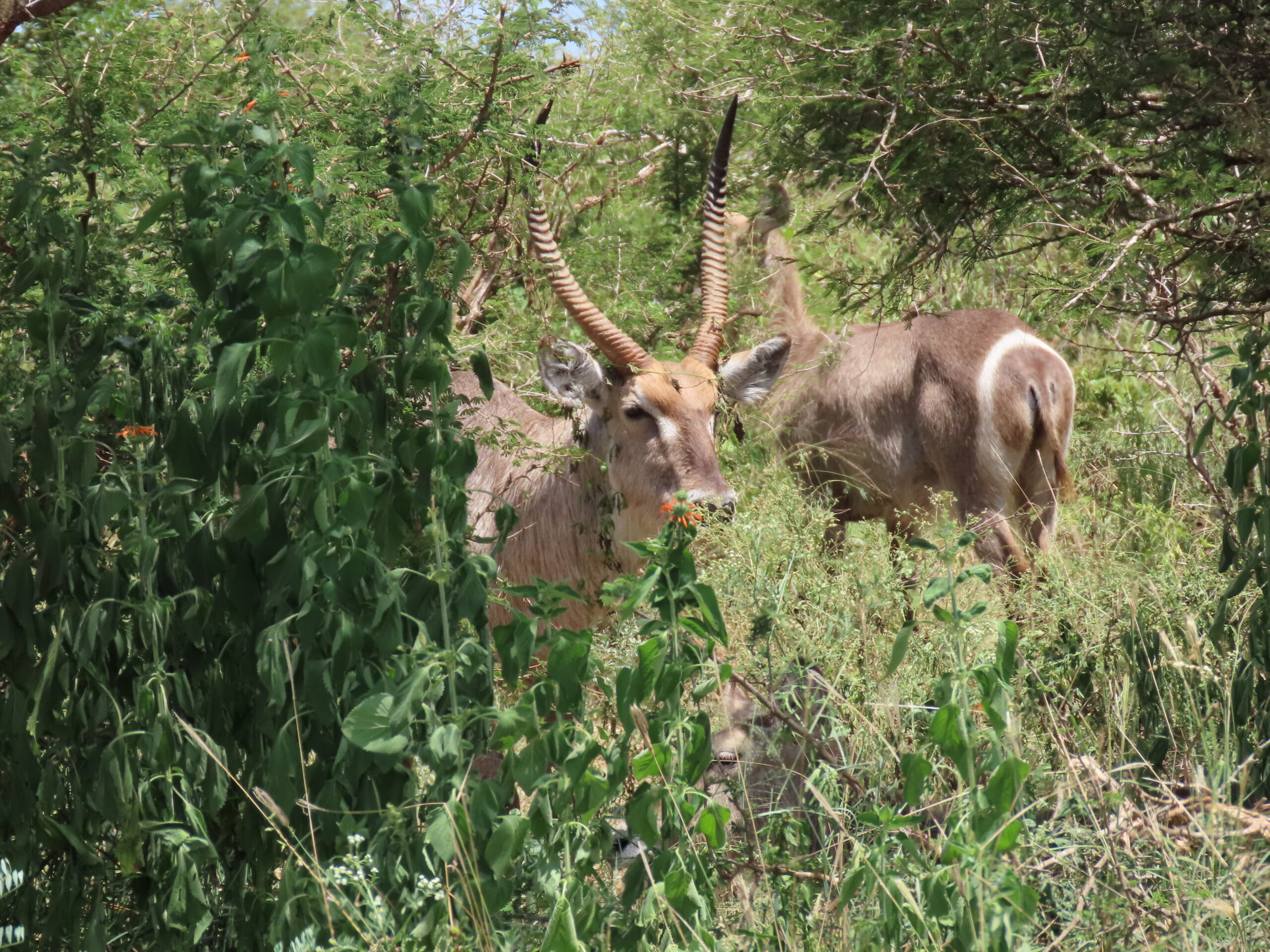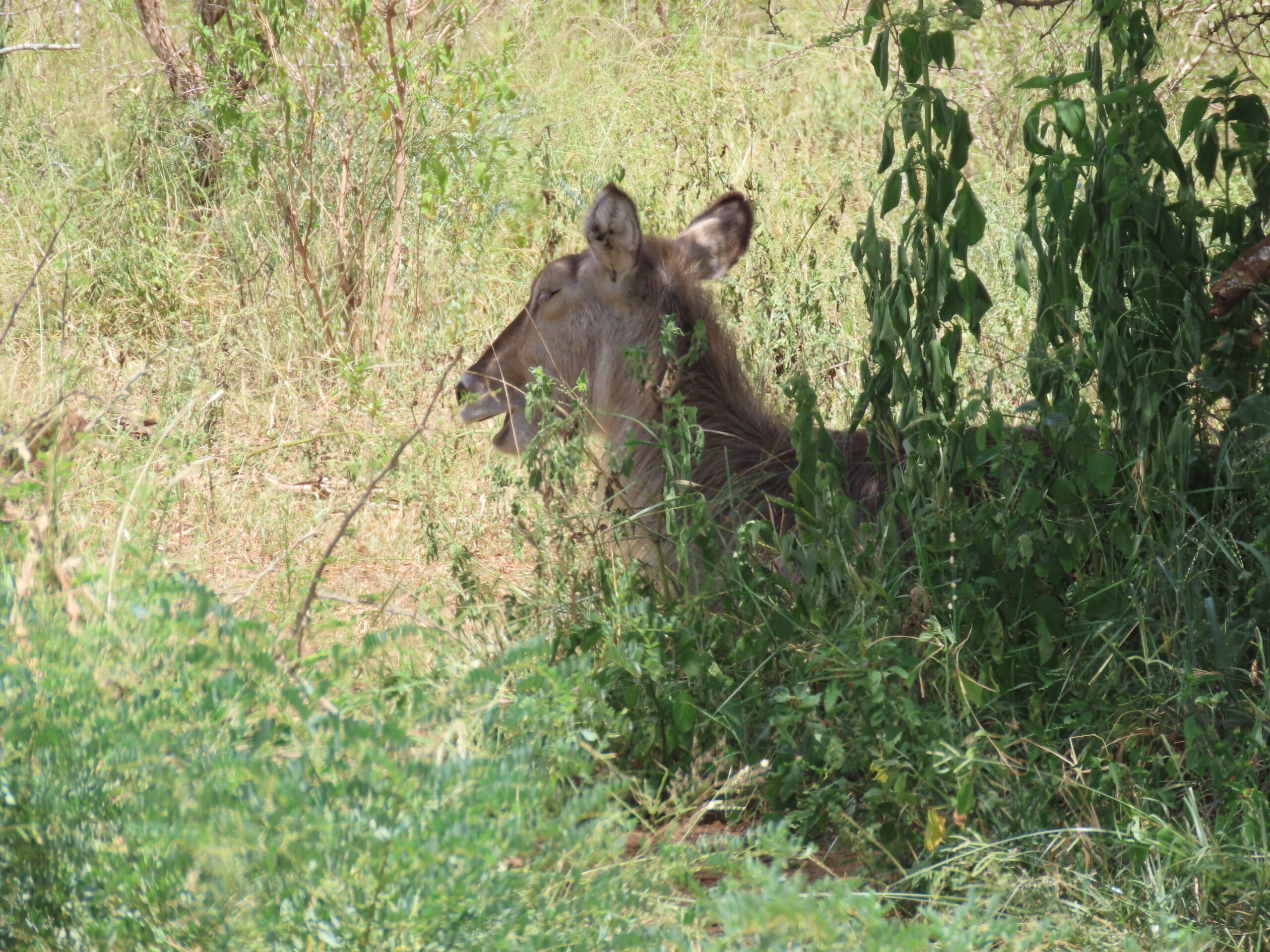
Although we aren’t avid bird watchers, we enjoy seeing some of the many species of birds in Marloth Park and Kruger National Park. We see many interesting species while stopping at Sunset Dam in Lower Sabie.
How Many Types of Birds Are in Kruger National Park?
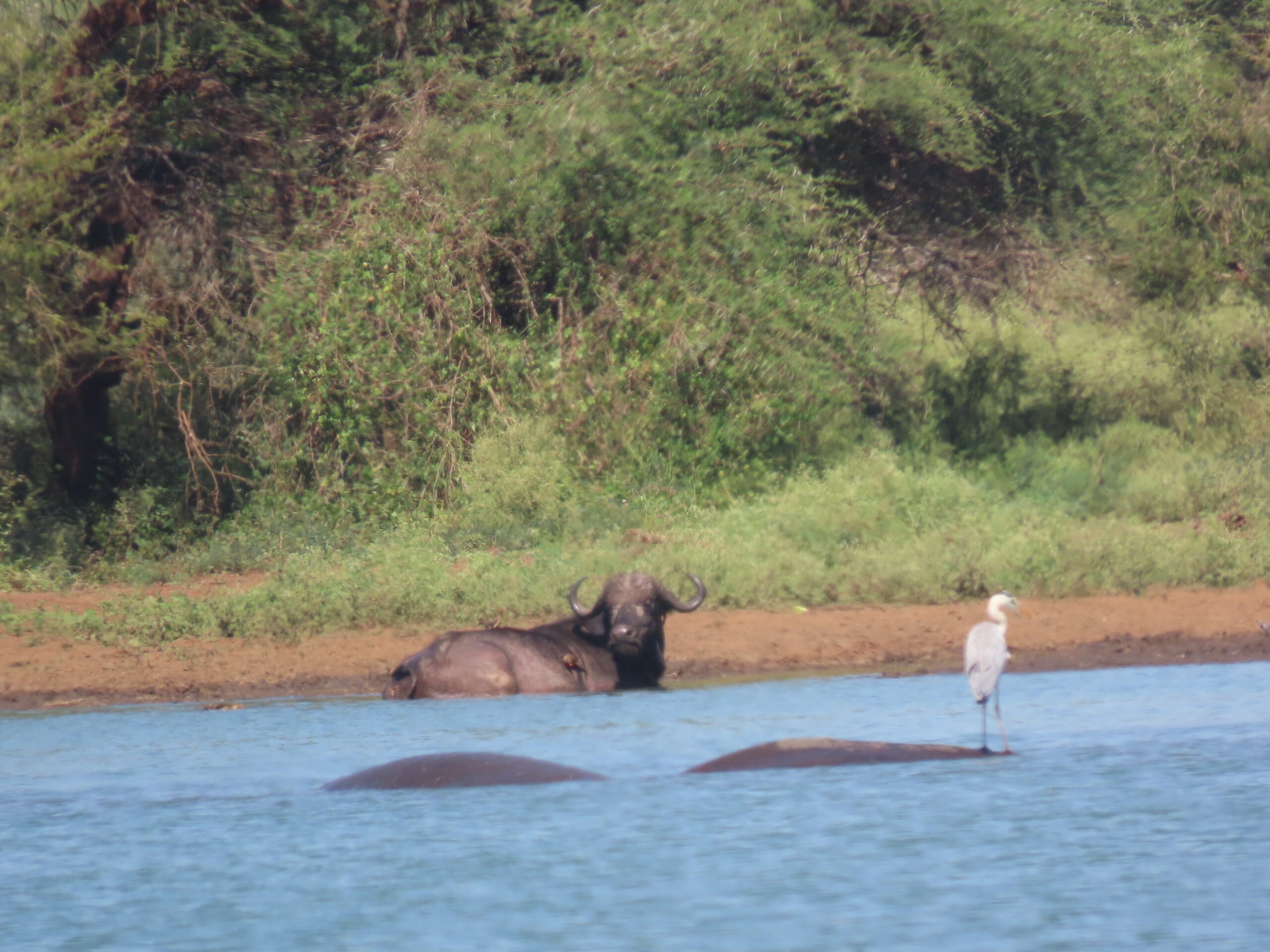
When people think of Kruger National Park in South Africa, they often picture lions lounging under acacia trees, herds of elephants crossing dusty roads, or leopards draped over branches. But there’s another world in Kruger that’s lighter, faster, and more colorful — the world of birds.

Kruger National Park is home to an astonishing 500 bird species. That’s right—within its 19,485 square kilometers (7,523 square miles), Kruger holds one of the richest bird diversities on the African continent. This vibrant collection of feathered creatures includes everything from massive eagles to tiny sunbirds, offering a full spectrum of colors, shapes, and sounds.
Of those 500 species, about 253 are permanent residents. You can spot these birds year-round, no matter when you visit. The remaining species are either migratory — flying in from Europe, Asia, or other parts of Africa during certain seasons — or nomadic, moving based on the availability of food and water.
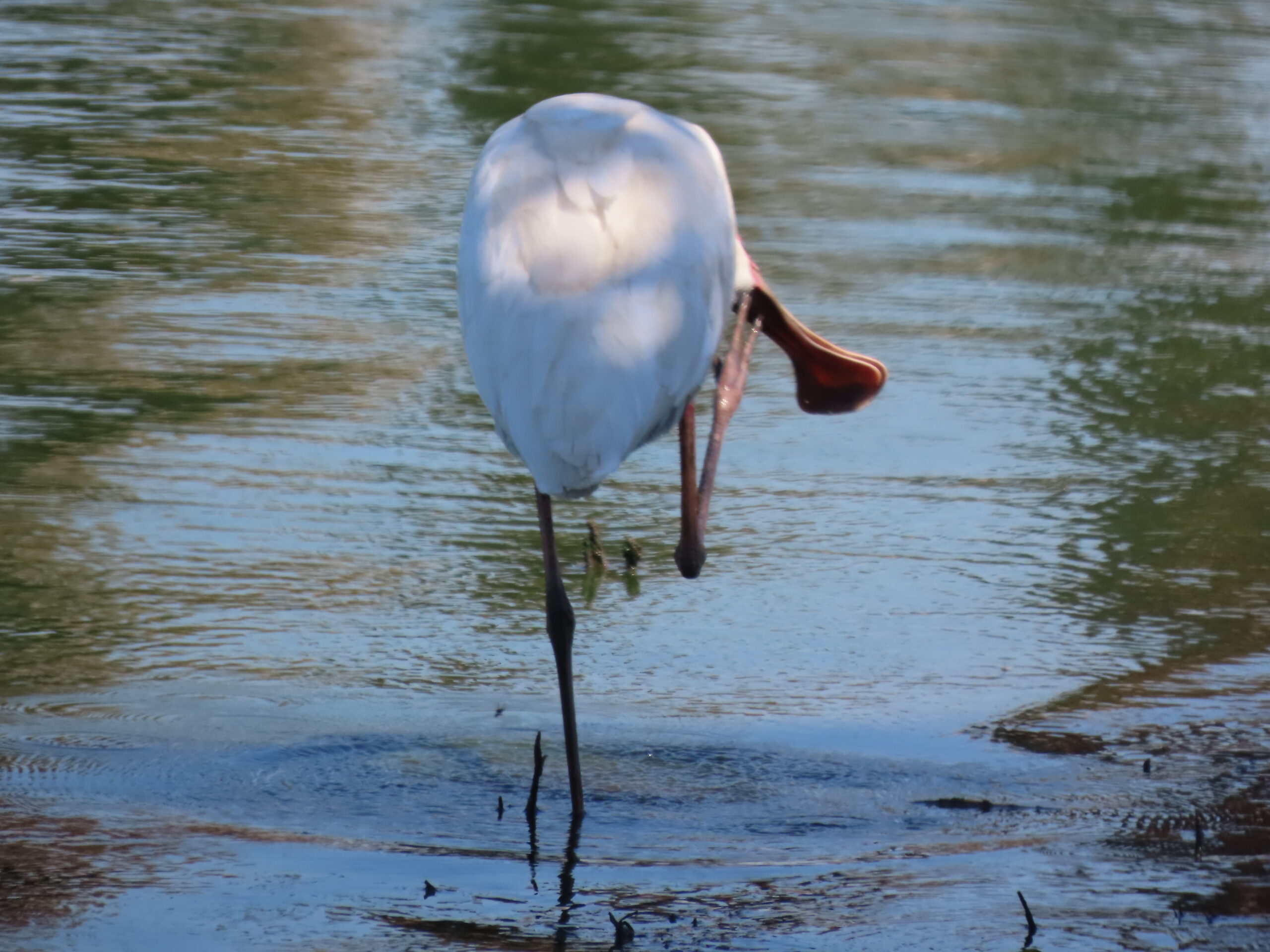
The sheer variety is breathtaking. You might see a lilac-breasted roller flashing its iridescent wings as it swoops to catch insects, or a martial eagle surveying the savannah from high above. In the riverine forests, if you’re lucky and very quiet, you might even spot the elusive pel’s fishing owl, a bird so secretive that finding it feels like winning a prize.

Among Kruger’s many bird species, a few stand out so much that they’ve earned a special title: the Big Six Birds. Modeled after the famous Big Five mammals (lion, leopard, elephant, rhino, and buffalo), the Big Six Birds include:
-
Lappet-faced vulture: The largest vulture species in Africa, with a wingspan reaching up to 2.9 meters (over 9 feet).
-
Martial eagle: A powerful bird of prey known for its strength and sharp eyesight.
-
Saddle-billed stork: A striking wading bird, unmistakable with its bright red and black bill and towering height.
-
Kori bustard: One of the heaviest flying birds in the world, often seen solemnly striding across open areas.
-
Southern ground hornbill: A large, charismatic bird that spends most of its time walking the ground, foraging for insects and reptiles.
-
Pel’s fishing owl: The mysterious, nocturnal hunter, usually found near large bodies of water.

Each bird species contributes its thread to Kruger’s life fabric. The park’s diverse habitats — from dense riverine forests to open grasslands and thorny bushveld — create countless niches where different birds can thrive. Whether it’s the acrobatic swoop of a bee-eater catching a dragonfly mid-air or the solemn flight of a heron skimming over a dam, every moment feels alive with movement.
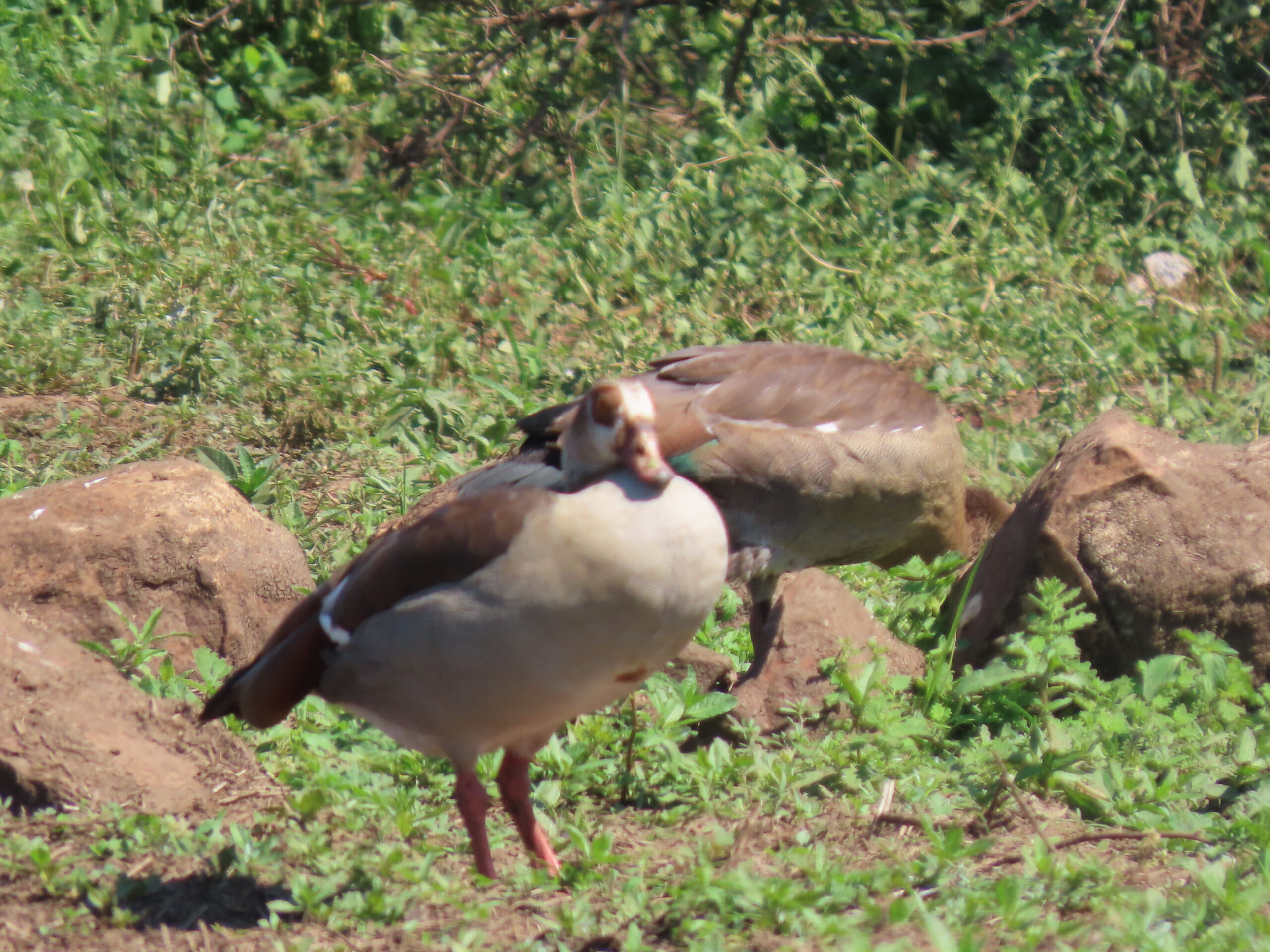
Visiting Kruger during the summer months (October to March) can be especially rewarding for birdwatchers. Many migratory species have arrived to breed during this time, and the park pulses with even more energy. Birds wear their brightest breeding plumage, and their calls fill the air from before dawn until long after sunset.
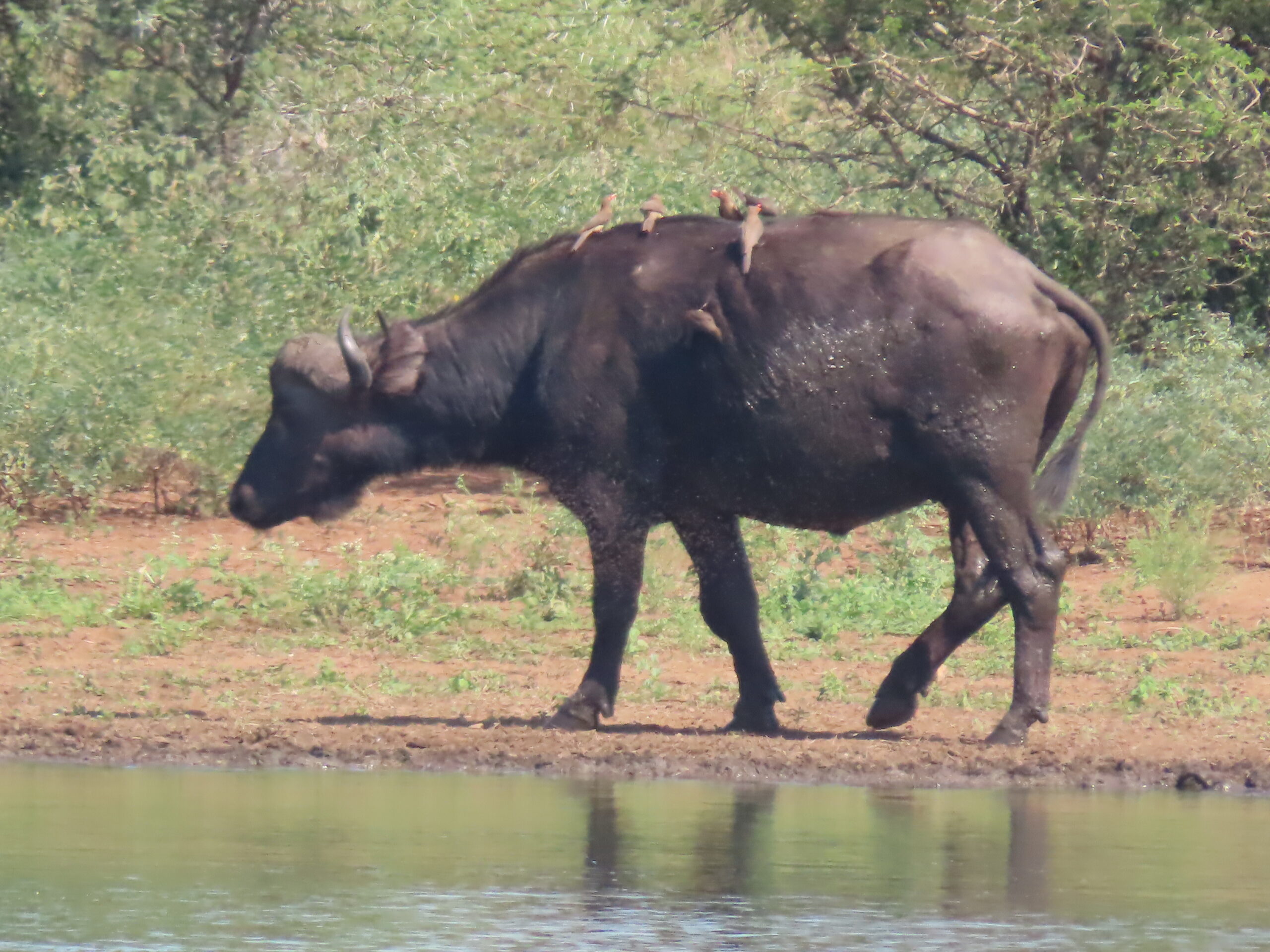
Birdwatching in Kruger isn’t just about spotting species to tick off a list, though many enthusiasts enjoy that aspect. It’s about slowing down and tuning into a world that’s always there but easy to miss. It’s about noticing the tiny weavers meticulously building nests, the stealthy herons poised at the water’s edge, or the flash of a kingfisher darting like a jewel across a river.
In short, Kruger National Park is not just a paradise for the “big” wildlife seekers; it’s equally a treasure trove for bird lovers. With around 500 species filling the skies, trees, rivers, and bushveld, the park offers an endlessly rewarding experience for anyone willing to look a little closer and listen a little longer. Every visit holds the promise of a new feathered friend to discover.
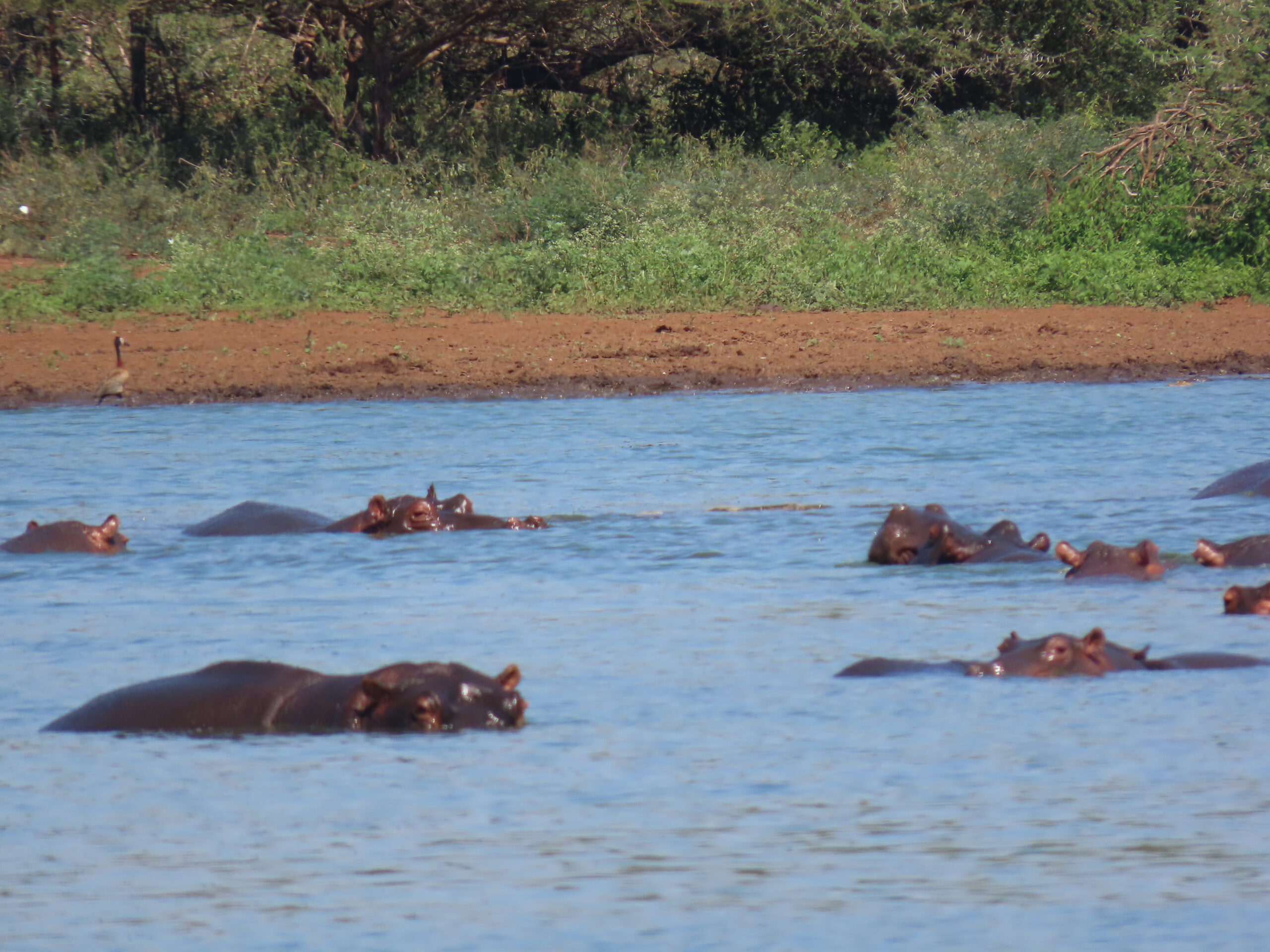
Last night, we went with resident Rodger on his Thermal Game Drive in Marloth Park. Rodger is sending me a few videos of what we saw. Once we receive them, we’ll post the videos and our photos. It was a fascinating experience we’re anxious to share.
Be well.
Photo from ten years ago today, April 17, 2015:



















